CipherLab 9500 Terminal User Manual 9500
CipherLab Co., Ltd. Terminal 9500
Contents
- 1. Users Manual 1
- 2. Users Manual 2
- 3. Users Manual 1 of 2
- 4. Users Manual 2 of 2
Users Manual 1

Printed on 30 May, 2006
Reference Manual
9500
Version 1.01
II
Copyright © 2006 CIPHERLAB CO., LTD.
All rights reserved
The software contains proprietary information of CIPHERLAB CO., LTD.; it is provided under a license
agreement containing restrictions on use and disclosure and is also protected by copyright law. Reverse
engineering of the software is prohibited.
Due to continued product development this information may change without notice. The information and
intellectual property contained herein is confidential between CIPHERLAB and the client and remains the
exclusive property of CIPHERLAB CO., LTD. If you find any problems in the documentation, please
report them to us in writing. CIPHERLAB does not warrant that this document is error-free.
No part of this publication may be reproduced, stored in a retrieval system, or transmitted in any form or by
any means, electronic, mechanical, photocopying, recording or otherwise without the prior written
permission of CIPHERLAB CO., LTD.
For product consultancy and technical support, please contact your local sales representative. Also, you may
visit our web site for more information.
The CipherLab logo is a registered trademark of CIPHERLAB CO., LTD.
Microsoft, Windows, and the Windows logo are registered trademarks of Microsoft Corporation in the
United States and/or other countries.
Bluetooth is a trademark of Bluetooth SIG, Inc., U.S.A.
Other product names mentioned in this manual may be trademarks or registered trademarks of their
respective companies and are hereby acknowledged.
The editorial use of these names is for identification as well as to the benefit of the owners, with no intention
of infringement.
CIPHERLAB CO., LTD.
Website: http://www.cipherlab.com
Copyright Notice
III
This equipment has been tested and found to comply with the limits for a Class B digital device, pursuant to
Part 15 of the FCC Rules. These limits are designed to provide reasonable protection against harmful
interference in a residential installation. This equipment generates, uses and can radiate radio frequency
energy and, if not installed and used in accordance with the instructions, may cause harmful interference to
radio communications. However, there is no guarantee that interference will not occur in a particular
installation. If this equipment does cause harmful interference to radio or television reception, which can be
determined by turning the equipment off and on, the user is encouraged to try to correct the interference by
one or more of the following measures:
Reorient or relocate the receiving antenna.
Increase the separation between the equipment and receiver.
Connect the equipment into an outlet on a circuit different from that to which the receiver is connected.
Consult the dealer or an experienced radio/TV technician for help.
RISK OF EXPLOSION IF BATTERY IS REPLACED BY AN INCORRECT TYPE
DISPOSE OF USED BATTERIES ACCORDING TO THE INSTRUCTIONS
The use of any batteries or charging devices, which are not originally sold or manufactured by
CipherLab, will void your warranty and may cause damage to human body or the product itself.
The charging and communication cradle uses an AC power adaptor. A socket outlet shall be installed
near the equipment and shall be easily accessible. The power adaptor should comply with L.P.S test.
Make sure there is stable power supply for the terminal or its peripherals to operate properly.
DO NOT disassemble, incinerate or short circuit the battery pack.
DO NOT expose the terminal or the battery pack to any flammable sources.
Under no circumstances, internal components are self-serviceable.
FCC Regulations
Safety Precautions
IV
This terminal is intended for industrial use. The terminal is rated IP 64, however, it may do damage to
the terminal when being exposed to extreme temperatures or soaked wet.
When the body of the terminal gets dirty, use a clean and wet cloth to wipe off the dust. DO NOT
use/mix any bleach or cleaner. Always keep the LCD dry.
For a liquid crystal display (LCD) or touch screen, use a clean, non-abrasive, lint-free cloth to wipe dust
off the screen. DO NOT use any pointed or sharp object to move against the surface.
Battery disposal – For green-environment issue, it is important that batteries should be recycled in a
proper way.
If you want to put away the terminal for a period of time, download the collected data to a host computer,
and then take out the battery pack. Store the terminal and battery pack separately.
When the terminal resumes its work, the main and backup batteries will take a certain time to become
fully charged.
If you shall find the terminal malfunctioning, write down the specific scenario and consult your local
sales representative.
Care & Maintenance

V
For any portable device, power management is a critical issue especially when you are on the road. Below
are some tips to help you save battery power.
If you need to speed up charging the terminal, turn it off while being seated in the cradle.
Bring a second battery pack on the road.
Others include:
Go to Start > Settings > System tab > Backlight
Configure system settings to turn off the LCD backlight when the terminal is not in use for a period of time.
Start > Settings > System tab > Backlight Control
Configure system settings to dim the LCD backlight when in a well-lit working area, or configure to auto adjust
by the battery's capacity.
Go to Start > Settings > System tab > Power > Wireless tab
Configure system settings to turn off the wireless signals when not in use (Flight mode).
Go to Start > Settings > System tab > Power > Advanced tab
Configure system settings to turn off the terminal when not in use for a period of time.
Power Management
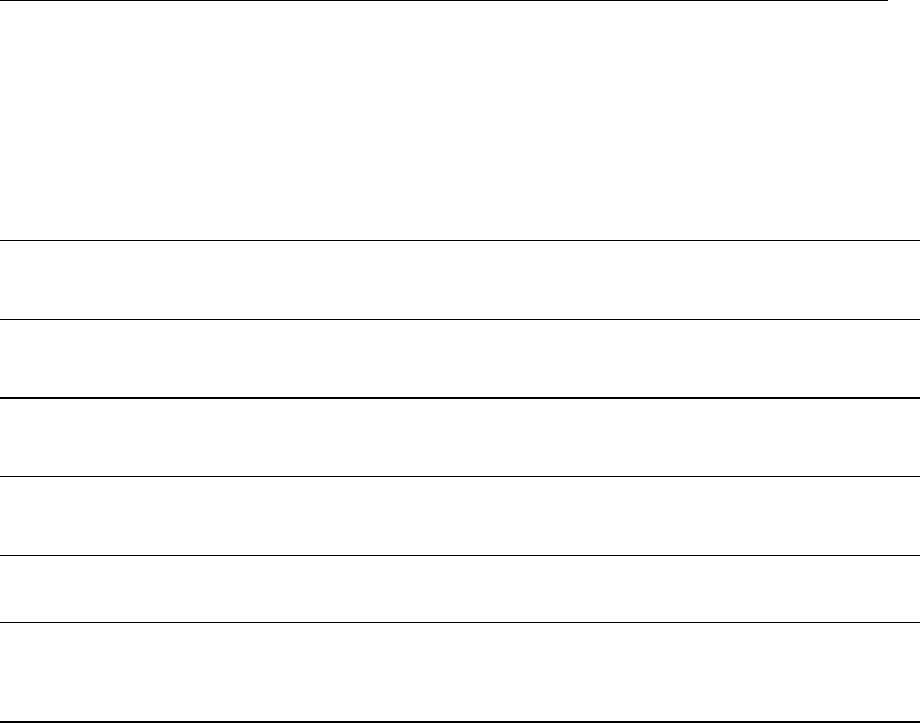
i
Contents
Copyright Notice I
FCC Regulations III
Safety Precautions III
Care & Maintenance IV
Power Management V
Preface 1
Revision History ...........................................................................................................................................1
CHAPTER 1: Introducing 9500 3
1.1 Product Highlights ..................................................................................................................................3
1.2 Nomenclature..........................................................................................................................................4
1.2.1 9500 ..........................................................................................................................................4
1.2.2 Accessories & Peripherals ........................................................................................................5
1.2.3 Dimensions ...............................................................................................................................6
1.3 Features...................................................................................................................................................7
1.3.1 Battery ......................................................................................................................................7
1.3.2 CPU ..........................................................................................................................................9
1.3.3 Memory & Calendar...............................................................................................................10
1.3.4 Keyboard ................................................................................................................................12
1.3.5 LCD........................................................................................................................................18
1.3.6 Status LED..............................................................................................................................19
1.3.7 Speaker ...................................................................................................................................19
1.3.8 Vibrator ..................................................................................................................................19
1.3.9 Barcode Reader ......................................................................................................................20
1.3.10 Wireless Support...................................................................................................................21
1.3.11 Resistance.............................................................................................................................23
1.4 Unpacking the package.........................................................................................................................24
1.5 Options..................................................................................................................................................25

ii Contents
CHAPTER 2: Installing 9500 27
2.1 Battery Pack..........................................................................................................................................28
2.2 Hand Strap ............................................................................................................................................29
2.3 Pistol Grip.............................................................................................................................................30
2.4 Cradle....................................................................................................................................................31
2.4.1 Status Indicators .....................................................................................................................31
2.4.2 Communications.....................................................................................................................32
CHAPTER 3: Basics 33
3.1 General..................................................................................................................................................34
3.1.1 Turn On/Off............................................................................................................................34
3.1.2 Today Screen ..........................................................................................................................35
3.1.3 Input Methods.........................................................................................................................39
3.1.4 Reset .......................................................................................................................................40
3.2 ActiveSync with a Computer................................................................................................................41
3.2.1 Connect for the First Time......................................................................................................41
3.2.2 Disconnect ..............................................................................................................................43
3.2.3 Re-connect..............................................................................................................................44
3.3 Quick Launch a Program ......................................................................................................................45
3.3.1 Configure the Start Menu .......................................................................................................45
3.3.2 Add a Program or Subfolder...................................................................................................46
3.4 Install a New Program ..........................................................................................................................51
3.5 Run a Program ......................................................................................................................................52
3.5.1 Stop a Running Program.........................................................................................................52
3.5.2 Switch between Programs.......................................................................................................53
3.6 Remove a User Program .......................................................................................................................54
3.7 Locate a File .........................................................................................................................................55
3.7.1 Find a File or an Item .............................................................................................................55
3.7.2 File Explorer...........................................................................................................................56
3.8 Backup and Restore ..............................................................................................................................56
3.8.1 ActiveSync .............................................................................................................................56
3.8.2 Backup Utility ........................................................................................................................56
CHAPTER 4: Settings 56
4.1 Personal tab...........................................................................................................................................56
4.2 System tab.............................................................................................................................................56
4.3 Connections tab ....................................................................................................................................56
CHAPTER 5: Utilities 56
5.1 ReaderCfg.............................................................................................................................................56
5.1.1 Barcode Button Not Created...................................................................................................56
5.1.2 Configure Reader Settings......................................................................................................56
5.2 Wireless Power Manager ......................................................................................................................56
5.2.1 Connectivity Status.................................................................................................................56
5.2.2 Flight Mode ............................................................................................................................56
5.3 Bluetooth Manager ...............................................................................................................................56
5.3.1 Setting tab...............................................................................................................................56

Contents iii
5.3.2 Pair tab....................................................................................................................................56
5.3.3 Serial Port tab .........................................................................................................................56
5.4 Wi-Fi Utility .........................................................................................................................................56
5.4.1 Status tab ................................................................................................................................56
5.4.2 SiteSurvey tab.........................................................................................................................56
5.4.3 Advanced tab..........................................................................................................................56
5.4.4 Version tab..............................................................................................................................56
CHAPTER 6: Set up Bluetooth Connection 56
6.1 Bluetooth Services ................................................................................................................................56
6.2 Bluetooth Enabled.................................................................................................................................56
6.3 Bluetooth Initiated ................................................................................................................................56
6.3.1 Start a Connection on PC........................................................................................................56
6.3.2 Start a Connection on 9500.....................................................................................................56
6.4 Bluetooth Applications .........................................................................................................................56
6.4.1 ActiveSync via Bluetooth.......................................................................................................56
6.4.2 PIM Item Transfer ..................................................................................................................56
6.4.3 Send a File from Computer.....................................................................................................56
6.4.4 Connect to Serial Port (Server) from Computer .....................................................................56
CHAPTER 7: Set up Wi-Fi Connection 56
7.1 Wi-Fi Enabled & Detected....................................................................................................................56
7.1.1 Connect to Detected Network.................................................................................................56
7.1.2 Connect to New Network .......................................................................................................56
7.2 Terminal Services Client ......................................................................................................................56
Specifications 56

iv Contents
Table of Figures
Figure 1: Nomenclature (front & back).....................................................................................4
Figure 2: Nomenclature of accessories.......................................................................................5
Figure 3: 27-key layout..............................................................................................................12
Figure 4: Installing battery pack ..............................................................................................28
Figure 5: Installing hand strap .................................................................................................29
Figure 6: Installing pistol grip ..................................................................................................30
Figure 7: Cradle LEDs ..............................................................................................................31

1
The 9500 Portable Data Terminal is the first in the line of Syntech's Windows Mobile-based
products that runs on Windows Mobile 2003 and integrates powerful utilities for data
collection, processing, and transmission. Its large color transflective TFT display
guarantees ease in reading in all lighting conditions. Built-in with a wireless combo module
for Bluetooth and 802.11b technologies, the 9500 terminal delivers wireless connectivity
seamlessly.
The 9500 terminal is robust in construction to meet industry grade requirements, and has
been found durable and resistant to shock, water, and dust. It is specifically designed for
all-day, everyday use as well as for data-intensive applications in harsh environments.
This manual serves to guide you through how to install, configure, and operate the terminal.
The Care & Maintenance section is specifically prepared for those who are in charge of
taking care of the terminal.
We recommend you to keep one copy of the manual at hand for quick reference or
maintenance purposes. To avoid any improper disposal or operation, please read the manual
thoroughly before use.
Thank you for choosing the CipherLab products!
Revision History
Version Release Date Notes
1.01 May 23, 2006 Company name changed to CIPHERLAB CO., LTD. since April 2006
Modified: section 1.2.3 Dimensions & Specifications
Modified: sections 1.3.4 & 1.3.5 – usage of [Func]
1.00 Mar. 22, 2006 Official release
Preface

2 CPT-9500 Reference Manual

3
This chapter explains the hardware parts and features of the 9500 terminal.
In This Chapter
1.1 Product Highlights....................................................... 3
1.2 Nomenclature............................................................... 4
1.3 Features........................................................................ 7
1.4 Unpacking the package................................................ 24
1.5 Options......................................................................... 25
1.1 Product Highlights
Microsoft Windows Mobile 2003 Second Edition software for operating system
400 MHz Intel XScale PXA255 processor
A color transflective TFT display delivers excellent visibility in all lighting conditions
128 MB non-volatile NAND flash memory to store OS and software programs
(part of the free space is used as a storage card called DiskOnChip)
64 MB SDRAM to store and run programs, as well as store program data
Expansion slots for memory card and peripherals - one CompactFlash (CF) Type II slot
and one Secure Digital (SD) slot
Ergonomic design, ruggedized yet streamlined, with hand strap for secure hold
Built tough to survive harsh environments - splash, dust & drop resistant
Dual mode support - One scan engine (integrated barcode scanner/imager) plus one
RFID reader
Wireless connectivity includes Bluetooth and 802.11b in a combo module
Programmable feedback includes speaker and vibrator
Accessories and peripherals include pistol grip, international AC charging cradle, etc.
CHAPTER 1
Introducing 9500
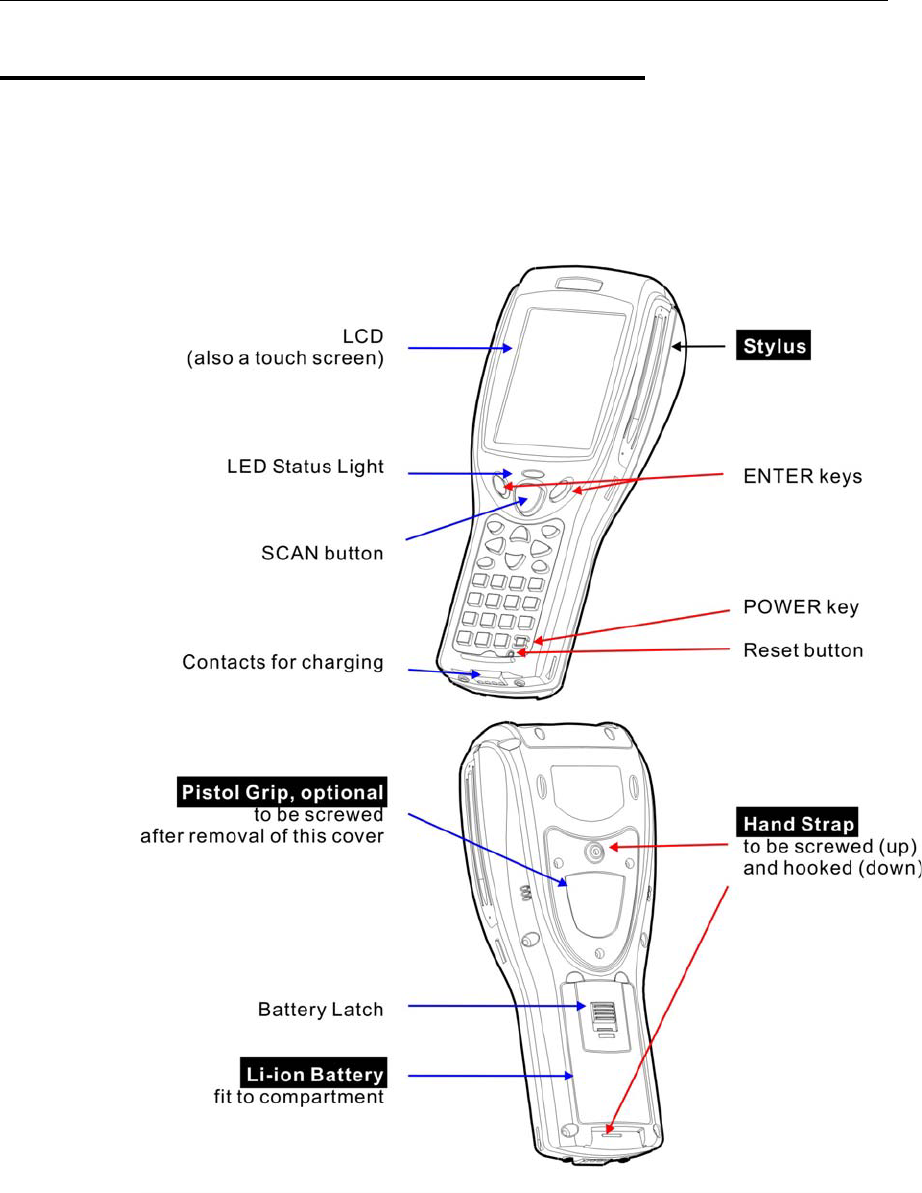
4 CPT-9500 Reference Manual
1.2 Nomenclature
1.2.1 9500
Figure 1: Nomenclature (front & back)
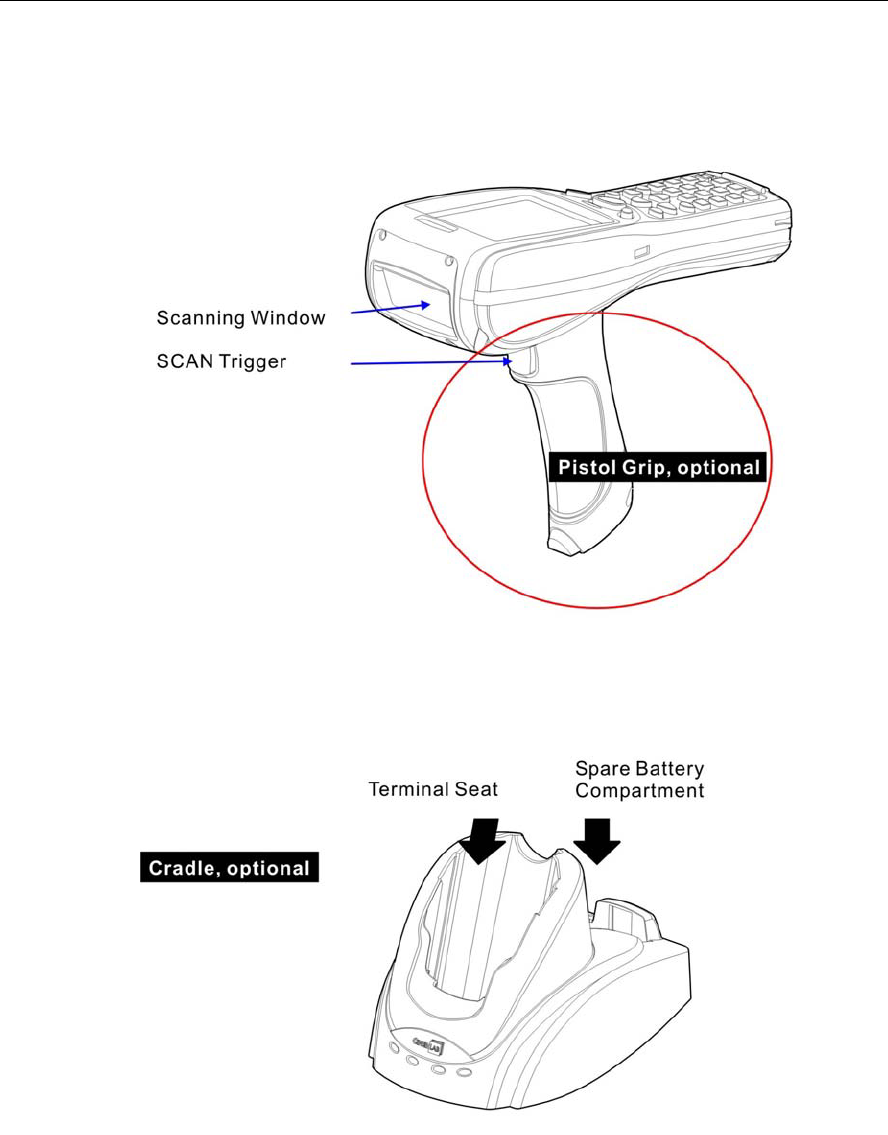
Chapter 1 ᙑᎄ!ࡸآࡳᆠᑌڤΖ 5
1.2.2 Accessories & Peripherals
Figure 2: Nomenclature of accessories
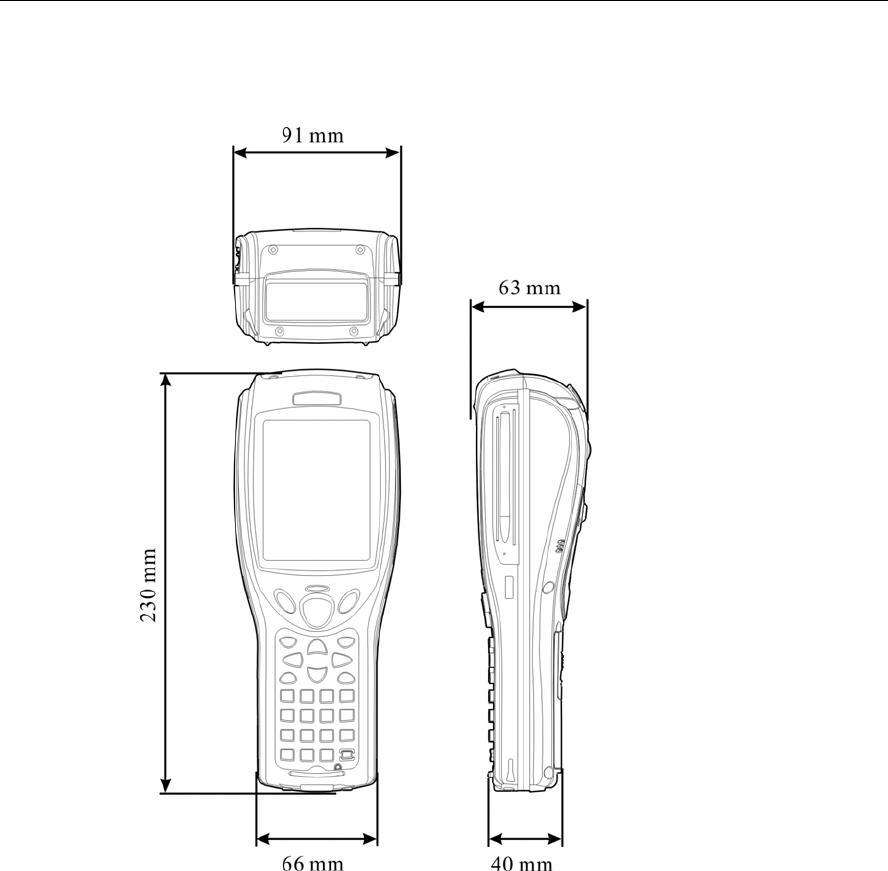
6 CPT-9500 Reference Manual
1.2.3 Dimensions
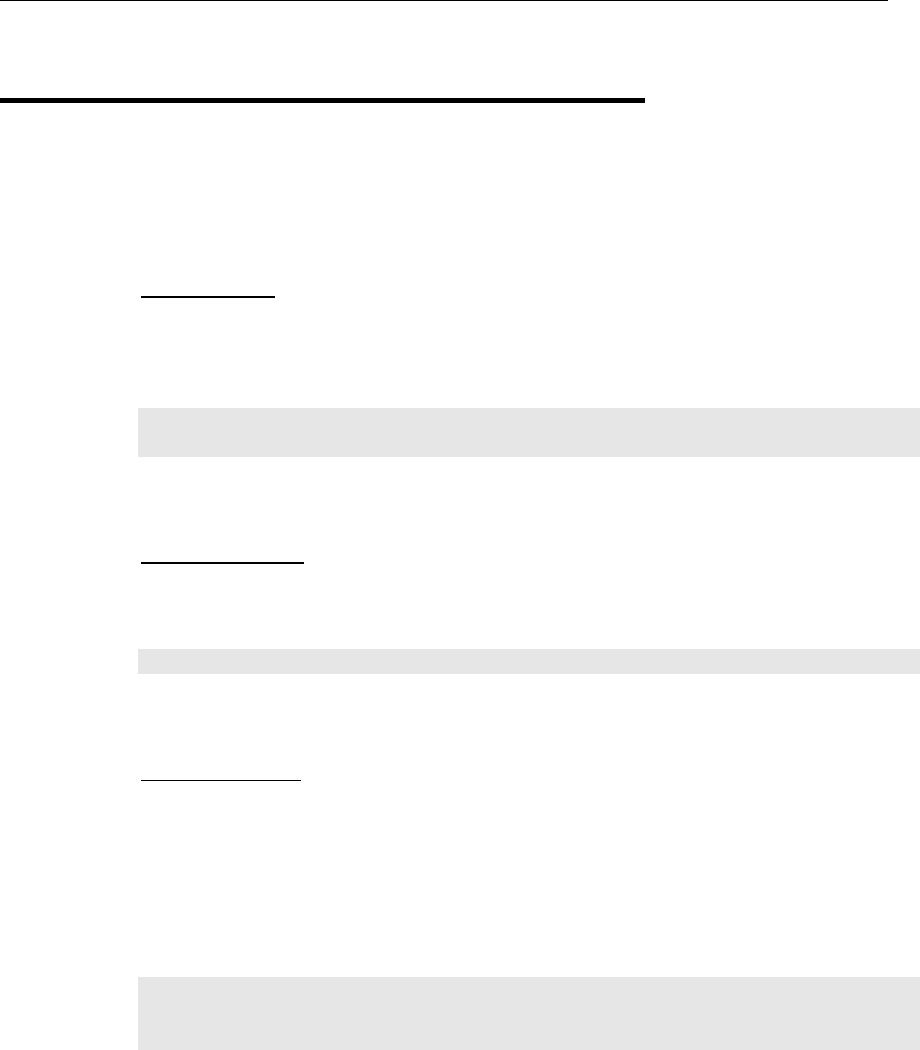
Chapter 1 ᙑᎄ!ࡸآࡳᆠᑌڤΖ 7
1.3 Features
1.3.1 Battery
Main Battery
The 9500 terminal is powered by a rechargeable 3.7 V/4000 mAh Li-ion battery
pack. It takes approximately four hours to fully charge it. During normal operation,
the terminal can work for up to 16 hours.
Warning: Using backlight, wireless connectivity, and peripherals while on battery
power will substantially reduce battery life.
Backup Battery
A backup battery retains data in SDRAM and maintains the OS running in suspend
mode for at least 30 minutes without the main battery.
Note: It takes approximately 8 hours to charge the backup battery to full.
Battery Charge
Initial Charging
The main battery must be fully charged before using the terminal for the first time.
Because the internal backup battery is constantly charged from the main battery, the
initial charging requires installing the battery pack to the terminal and then seating
the terminal in the cradle for charging. This will have main/backup batteries
charged at the same time.
Note: For initial charging, we recommend that you install the main battery to the terminal
and seat the terminal in the cradle to charge the main/backup batteries at the same
time. It requires approximately 4 hours to fully charging the main battery.
Caution of Low Battery Charge
The battery pack is the only power source for the terminal to work. It also charges
the backup battery so that the data stored in SDRAM can be retained properly.
Therefore, when the main battery charge goes low, replace the battery pack with a
charged one or seat it in the cradle for charging as soon as possible. Always save
data before it is too late.
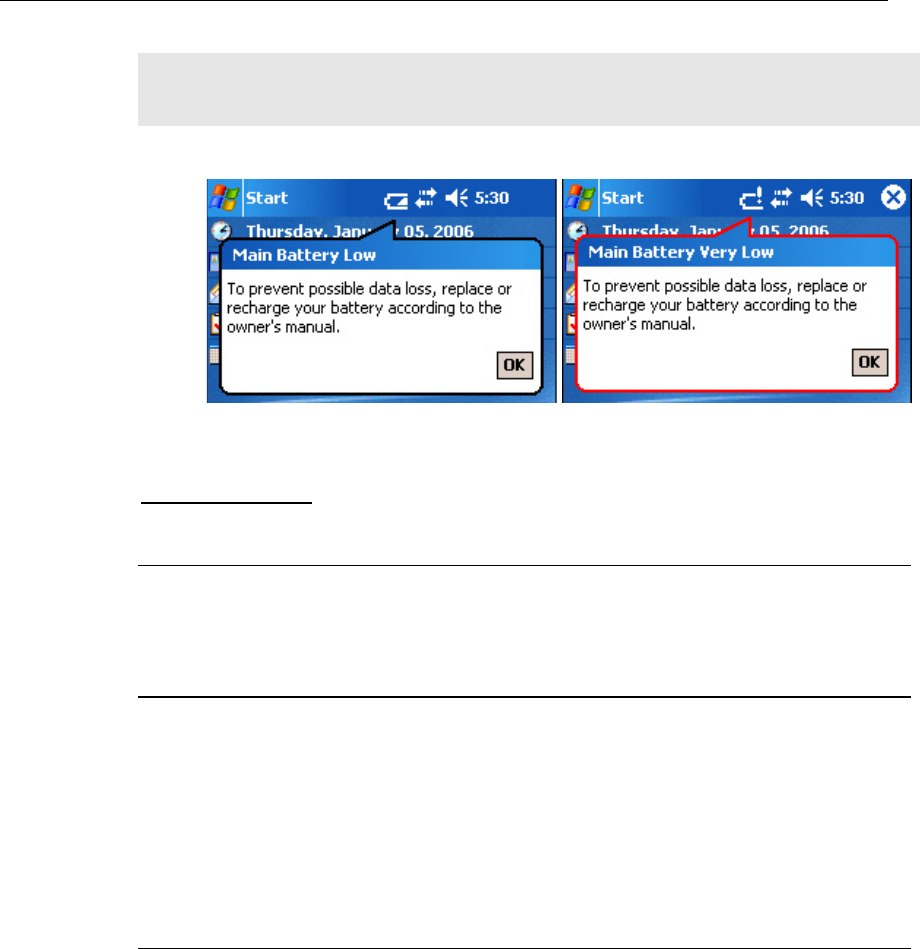
8 CPT-9500 Reference Manual
Warning: Data loss may occur with SDRAM during low battery condition. Always
save data before running out of power or keep a fresh battery for
replacement.
Warning of Low Battery & Very Low Battery
Battery Settings
Start > Settings > System tab > Power > Battery tab
You can always monitor a low battery charge or discharged battery before you receive a
warning message indicating a low battery condition.
A battery bar will show the progress of charging.
Start > Settings > System tab > Power > Wireless tab
The power to the wireless module is controlled by Wireless Power Manager.
The wireless power settings below are provided only when the wireless power is turned on
through Wireless Power Manager.
You may need to configure these settings (Flight mode) to save battery power or avoid causing
radio interference, especially when on an airplane or in a hospital. The wireless signals may
come from Bluetooth, or 802.11b, or even both. Here you can select to turn off the wireless
signals from either of them or both. If both the check boxes are selected, it results in the same
behavior when you turn on/off the flight mode from the Connectivity button.
Start > Settings > System tab > Power > Advanced tab
You may specify automatic turn-off times for the terminal to conserve power.
When the terminal is turned off, it means the system is in Suspend mode, which is ready for use
but not in use.
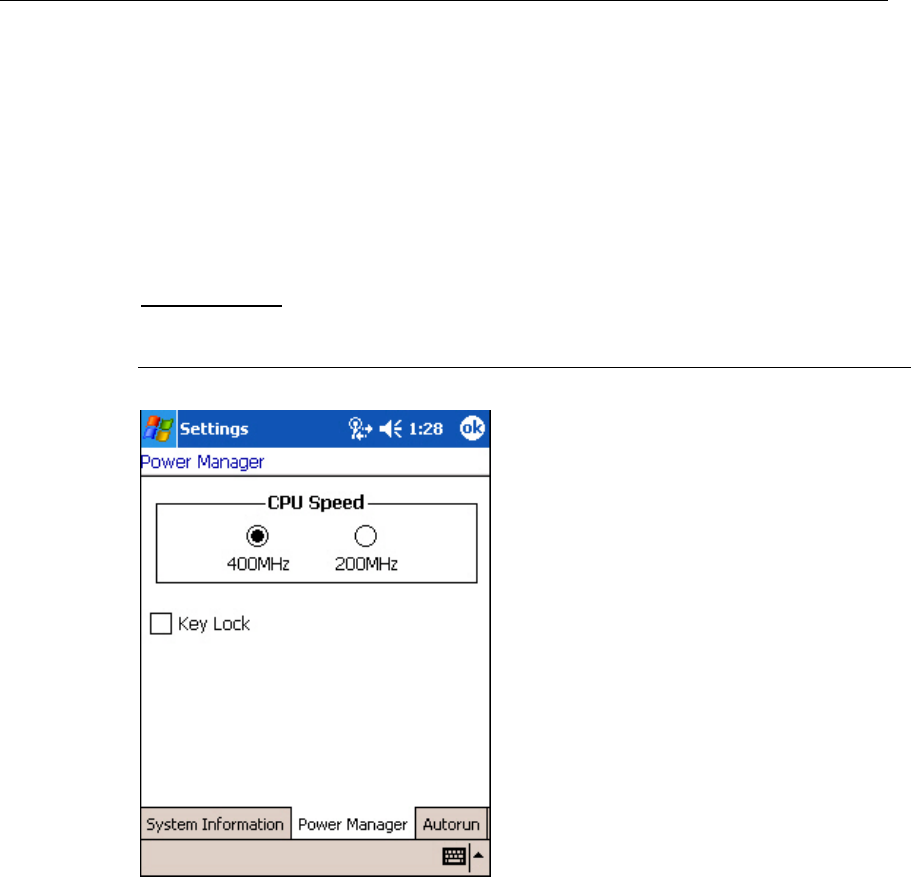
Chapter 1 ᙑᎄ!ࡸآࡳᆠᑌڤΖ 9
1.3.2 CPU
Built to run Windows Mobile 2003 Second Edition, the 9500 terminal is equipped with an
Intel X-Scale 400 MHz RISC microprocessor that runs on a 200 MHz RAM BUS.
CPU Settings
Start > Settings > System tab > System Console > Power Manager tab
You may select to set the CPU speed at either 400 MHz or 200 MHz.
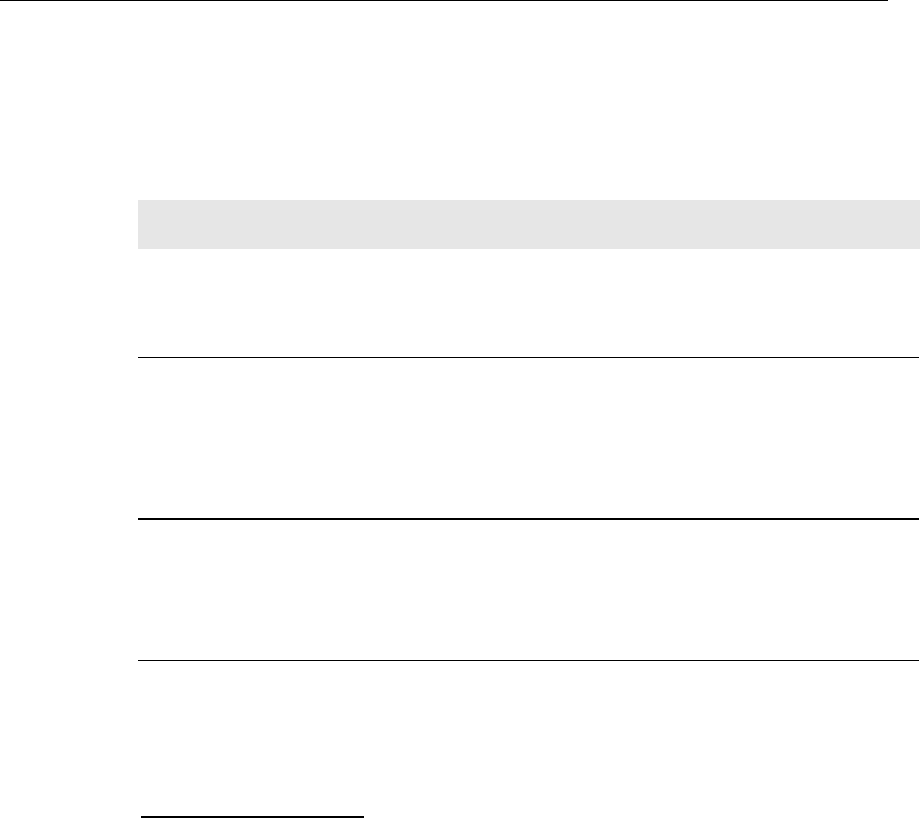
10 CPT-9500 Reference Manual
1.3.3 Memory & Calendar
The terminal is equipped with two card slots, one SD and one CompactFlash Type II. You
may upgrade memory by inserting an optional SD or CF memory card.
Warning: If not factory-installed, the Ingress Protection rating of enclosures may not
be the same as claimed.
Read-only Memory (ROM)
A total of 128 megabytes flash memory.
Mostly, it is for storing OS (Windows Mobile 2003) and custom application programs.
Yet a small portion of the memory is referred to as DiskOnChip, which can store data and
programs that you wish to retain even after a hard reset.
Random-access Memory (RAM)
A total of 64 megabytes SDRAM.
It is used for storing and running programs, as well as storing program data.
Its contents will be retained by the backup battery.
Calendar
Equipped with a calendar chip for accurate time/date logging.
Non-stop operation is provided through the backup battery.
Caution of Data Loss
When the main battery is removed or drained, the backup battery is to retain the
contents of SDRAM and maintain the OS in suspend mode for at least thirty
minutes, on condition that the backup battery has already been fully charged.
If the terminal is to be put away for a couple of days, you should be aware that data
loss occurs when both the main and backup batteries discharge completely.
Therefore, it is necessary to backup data and files before putting away the terminal.
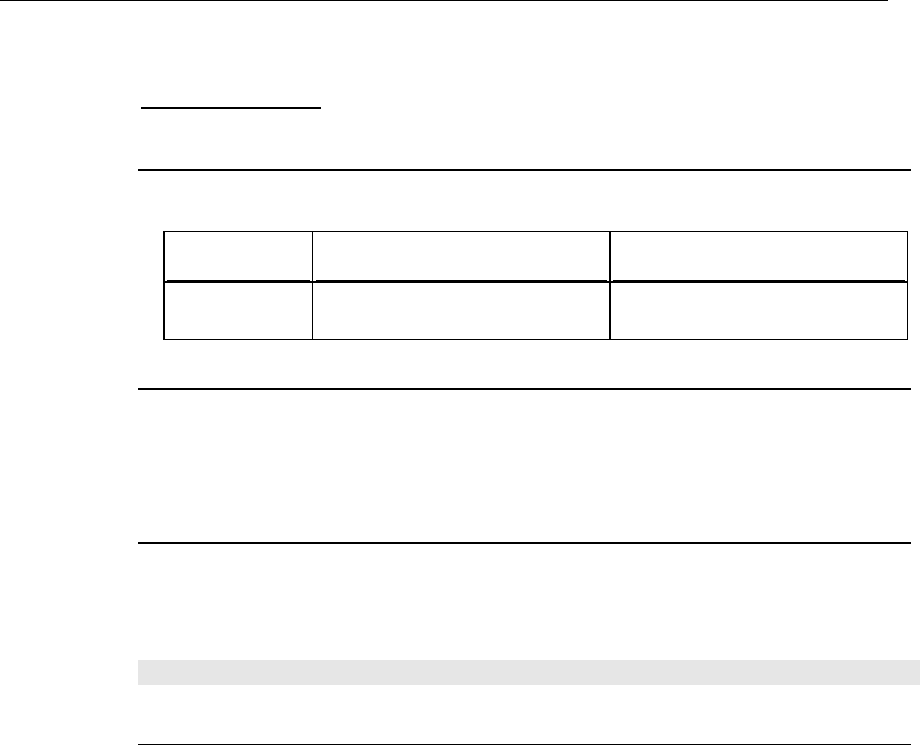
Chapter 1 ᙑᎄ!ࡸآࡳᆠᑌڤΖ 11
Memory Settings
Start > Settings > System tab > Memory > Main tab
In this tab, it displays the current capacity and usage of the 64 MB onboard SDRAM.
You may tap, hold, and drag the slider to re-allocate the memory.
SDRAM Storage memory (left) Program memory (right)
64 MB onboard It refers to the memory allocated for
file and data storage.
It refers to the memory allocated for
running programs.
Start > Settings > System tab > Memory > Storage Card tab
In this tab, it displays the current capacity and usage of the selected memory type, DiskOnChip,
SD or CF card.
The DiskOnChip is part of the onboard 64 MB flash memory. Because the flash memory is
non-volatile, data or programs stored in DiskOnChip will not be erased after a hard reset.
Start > Settings > System tab > Memory > Running Programs tab
In this tab, it displays the programs that are currently using the Program memory as indicated in
the Main tab.
If you receive program errors or find the terminal running slowly, you may need to free
memory. Select from the list and stop any or all of the running programs.
Warning: Always remember to save data before you stop a running program.
Start > Settings > System tab > System Console > Autorun tab
When a SD/MMC card is installed, you may select whether to enable the autorun feature or not.
When enabled, executable files stored on the memory card will be executed automatically once
the card is installed.
SD refers to Secure Digital, memory card format based on MMC.
MMC refers to Multi-Media Card, older memory card format.
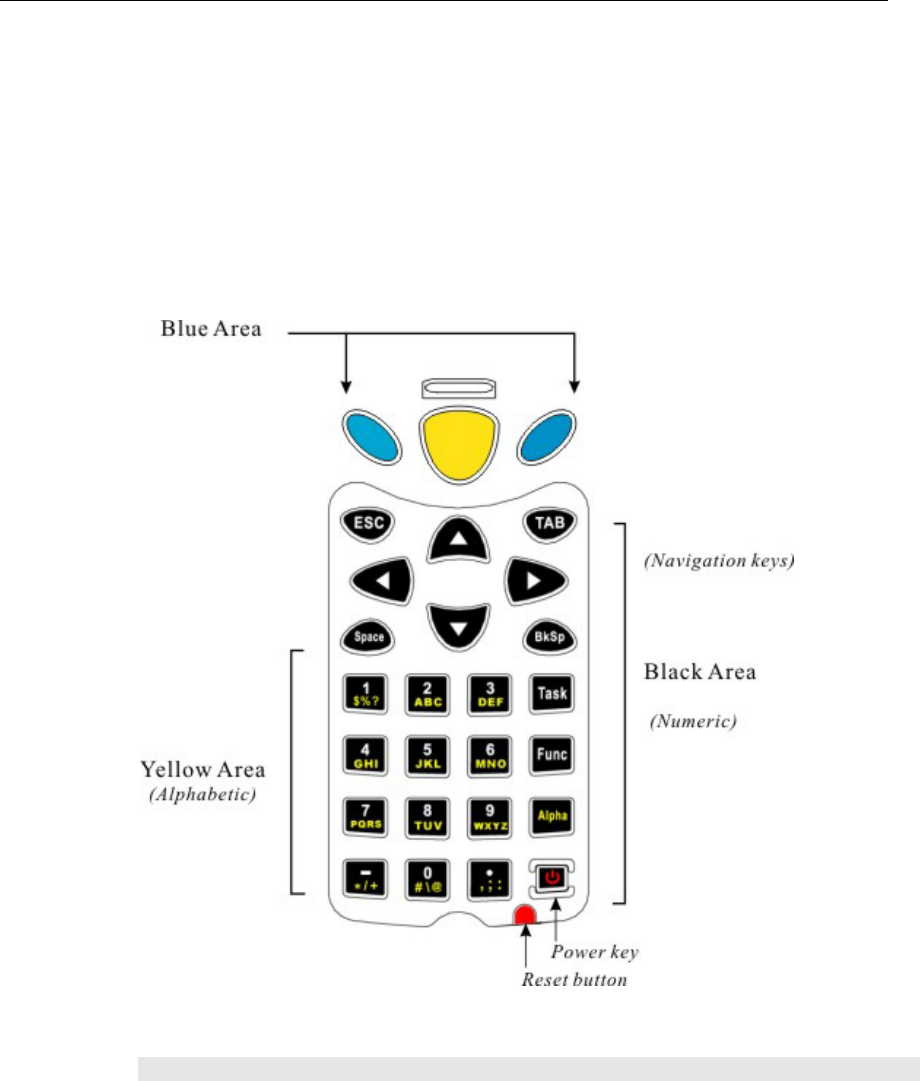
12 CPT-9500 Reference Manual
1.3.4 Keyboard
The terminal is equipped with a physical keypad that consists of 27 keys. Silicon rubber has
been chosen for their durability and prompt feedback.
The layout of the 27-key keypad includes alphanumeric, assorted characters, etc. This
keypad is set to numeric mode by default.
Figure 3: 27-key layout
Note: Functionality of keys is application-dependent.
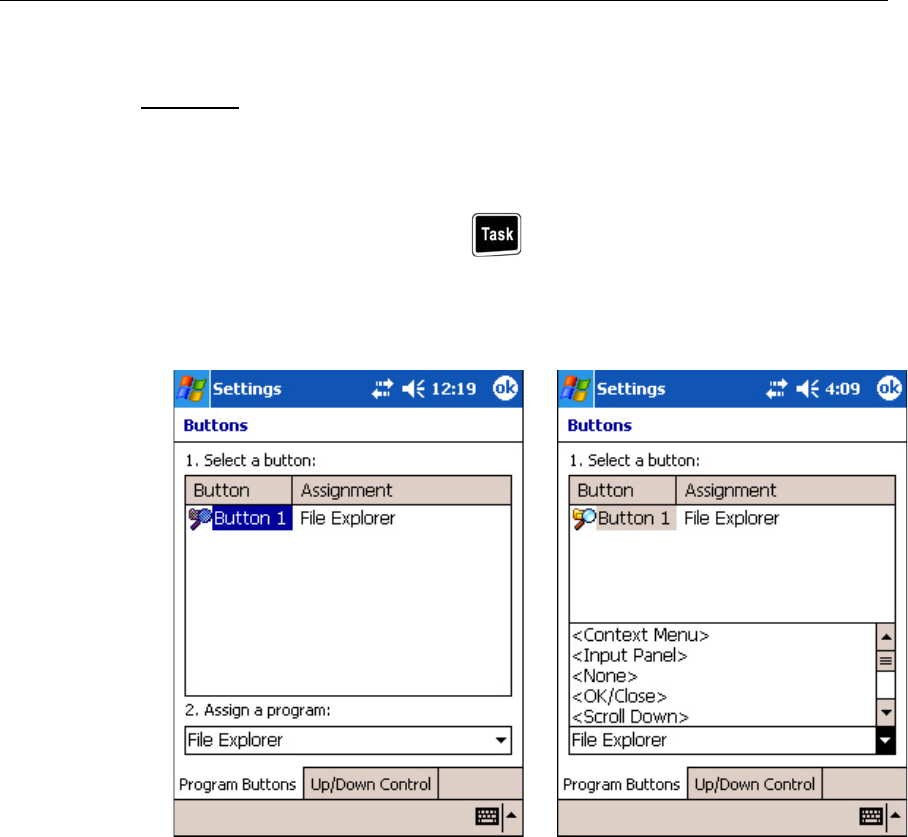
Chapter 1 ᙑᎄ!ࡸآࡳᆠᑌڤΖ 13
Task Key
The [Task] key (indicated as Button 1) on the keypad can be configured as a
shortcut key for a specific program or action. It is set to trigger File Explorer by
default.
To launch File Explorer, press on the keypad.
1. Tap Start > Settings > Personal tab, and then select Buttons > Program Buttons tab.
2. You may select Button 1 and then assign it to trigger a different program, action, or
<None>.
Î
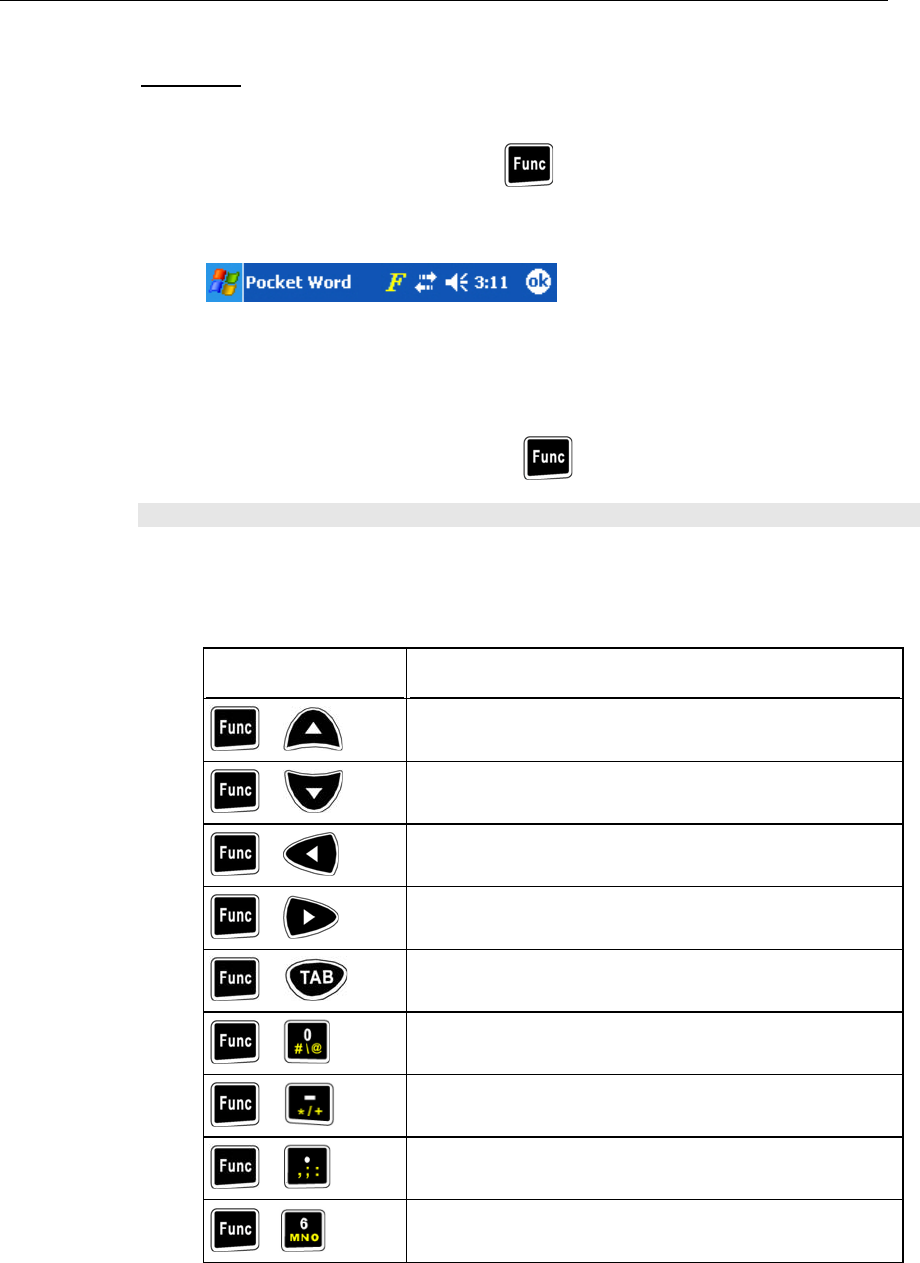
14 CPT-9500 Reference Manual
Func Key
The [Func] (function) key serves as a modifier key.
1. To enable this modifier key, press on the keypad.
A yellow icon of the letter "F" will appear on the navigation bar. This modifier key
is hold down as long as the icon is displayed.
2. Now press another key to get the value of key combination (say, press [1] to get the
value of F1). The icon will go off now.
3. To get the value of another key combination modified by the [Func] key, repeat the
above steps.
4. To abort the key modification, press again, and the icon will go off.
Note: It is not necessary to hold down the [Func] key.
The functionality of each key combination is application-dependent.
Here is a list of the factory setting for a variety of key combinations.
Key Combination Action
+
PgUp (red-coded): move text up one screenful
+
PgDn (red-coded): move text down one screenful
+
Home (red-coded): move to the beginning of screen or
document
+
End (red-coded): move to the end of screen or document
+
Toggle ON/OFF the backlight of LCD and keypad
+
Toggle ON/OFF the backlight of keypad only
+
Turn ON the backlight of LCD and decrease intensity
+
Turn ON the backlight of LCD and increase intensity
+
Increase volume

Chapter 1 ᙑᎄ!ࡸآࡳᆠᑌڤΖ 15
+
Decrease volume
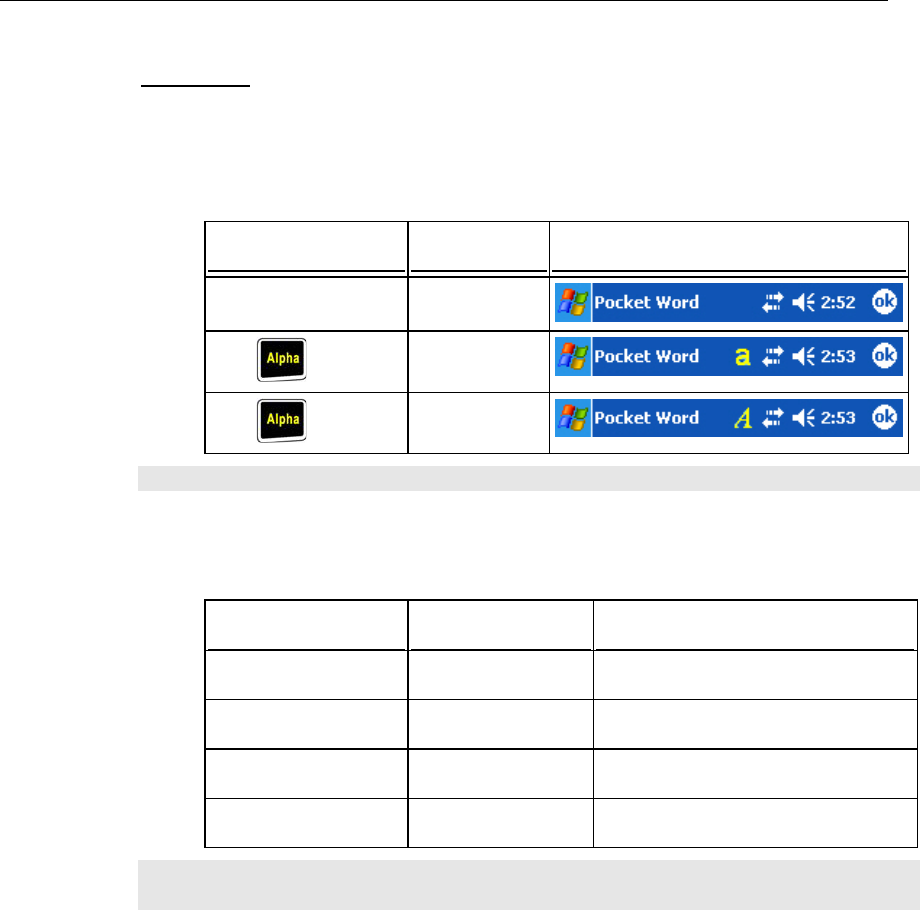
16 CPT-9500 Reference Manual
Alpha Key
This alphanumeric keypad is set to numeric mode by default. The Alpha key serves
as a toggle among numeric, alpha (lower case alphabetic), and ALPHA (upper case
alphabetic) modes.
The alpha icon will appear on the navigation bar in a sequence as shown below.
Alpha Key Input Mode Result
N/A Numeric mode
Press one time
Lower alpha
mode
Press two times
Upper alpha
mode
Note: It is not necessary to hold down the [Alpha] key.
However, the Alpha mode may not behave normally if the Caps lock of the software
keypad is enabled.
Hardware Keypad Software keypad Example of resulted input mode
Alpha mode (A) CAP on abc
Alpha mode (a) CAP on ABC
Alpha mode (A) CAP off ABC
Alpha mode (a) CAP off abc
Note: Only when the Caps lock of the software keypad is disabled, the Alpha mode of
hardware keypad will behave normally.
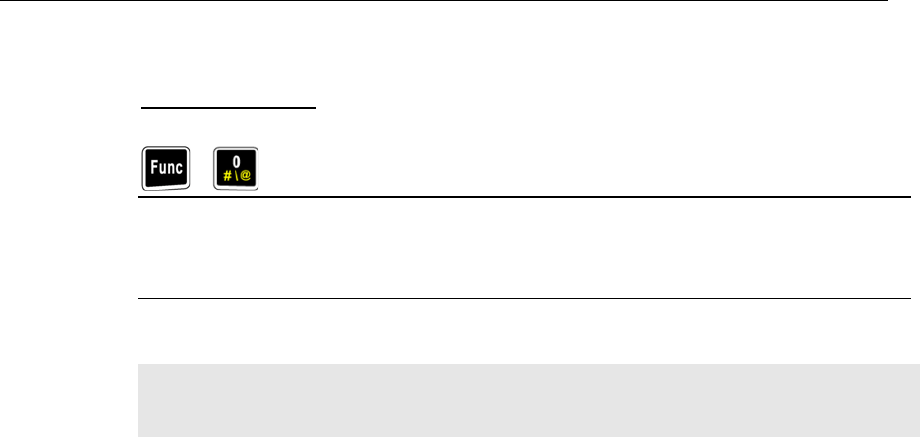
Chapter 1 ᙑᎄ!ࡸآࡳᆠᑌڤΖ 17
Keypad Settings
+
The LED backlight of keypad is turned off by default. It can be controlled by using the key
combination: [Func] + [0].
Start > Settings > Personal tab > Sounds & Notifications > Sound tab
To configure the key click, go to Start > Settings > Personal tab > Sounds & Notifications >
Sound tab, and select the Hardware buttons option.
Warning: Using backlight while on battery power will substantially reduce battery
life. It is suggested to turn on the keypad backlight while working in a dark
area.
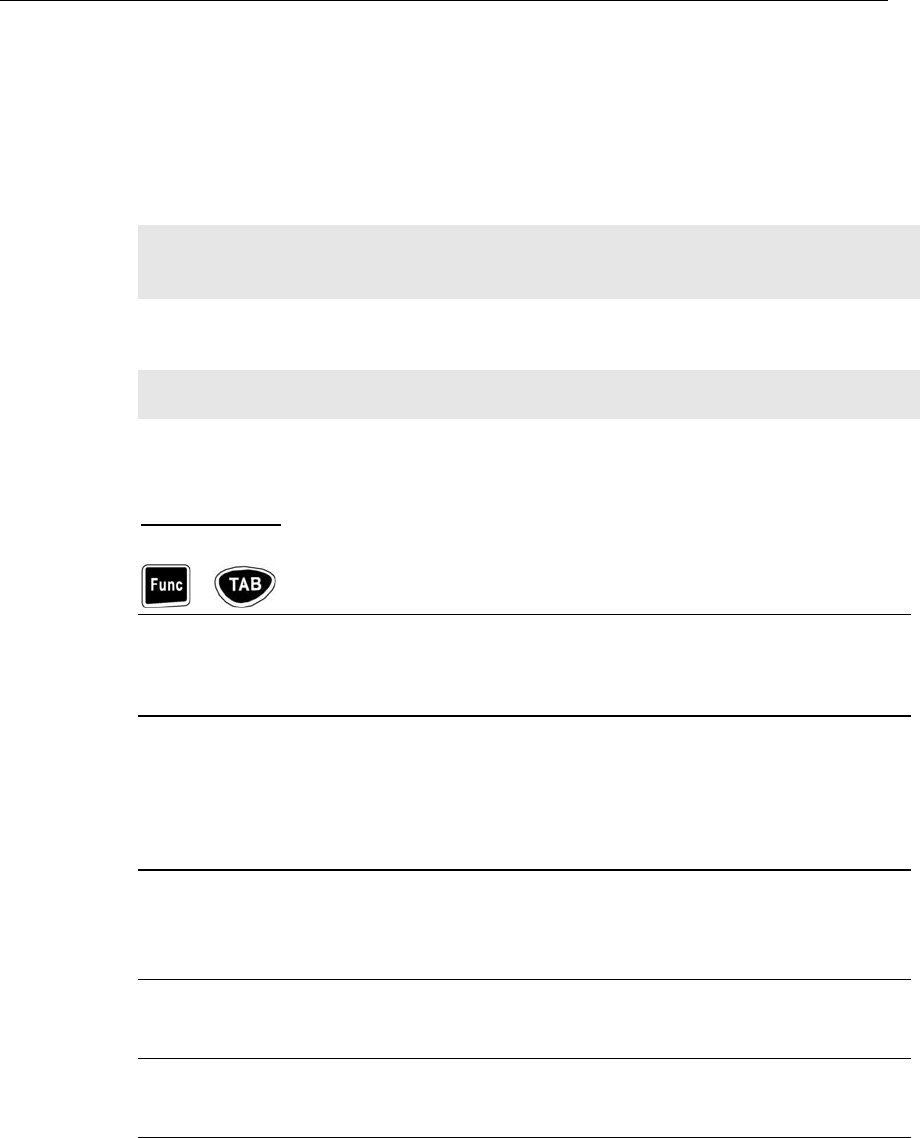
18 CPT-9500 Reference Manual
1.3.5 LCD
The terminal comes with a 3.5” TFT graphic LCD, 240 by 320 pixels resolutions. The LED
backlight of screen, which helps ease reading under dim environments, can be controlled
manually and automatically.
Warning: Using backlight while on battery power will substantially reduce battery
life. It is suggested to dim the backlight while working in a well-lit area or
automatically turn off the terminal when not in use.
This LCD is also a touch screen that can be calibrated through screen alignment.
Warning: DO NOT use any pointed or sharp objects to move against the surface of
the screen.
LCD Settings
+
The LED backlight of screen is turned on by default. It can be manually controlled by using the
key combination: [Func] + [TAB].
Start > Settings > System tab > Backlight
Configure the LED backlight of screen. The backlight can be toggled on and off automatically,
either on battery or AC power.
To conserve more power, you may go to Start > Settings > System tab > Power to configure the
auto turn-off setting.
Start > Settings > System tab > Backlight Control
To configure the luminosity of backlight, tap, hold, and drag the slider.
You may select to auto adjust backlight by the battery's capacity.
Start > Settings > System tab > Screen > Alignment tab
Tap [Align Screen] to start with screen alignment if necessary.
Start > Settings > System tab > Screen > Clear Type tab
You may select Clear Type for fonts.
Start > Settings > System tab > Screen > Text Size tab
Tap, hold, and drag the slider to configure text size.
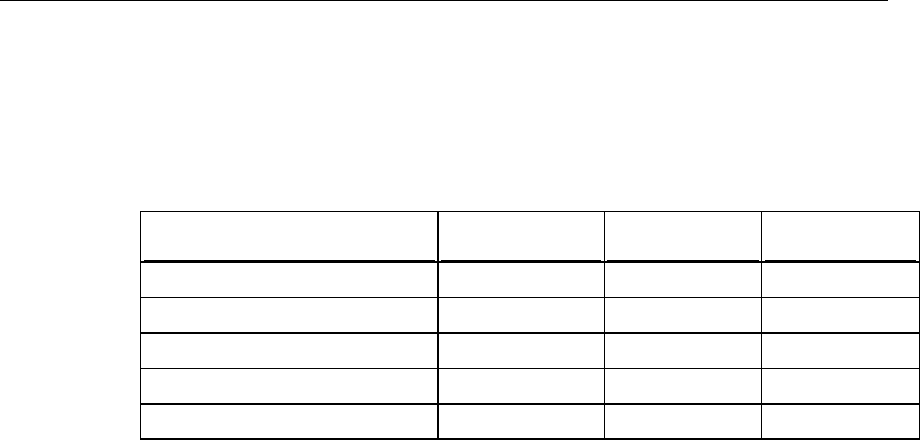
Chapter 1 ᙑᎄ!ࡸآࡳᆠᑌڤΖ 19
1.3.6 Status LED
The dual-color LED on top of the [Scan] button is used to provide information on status of
wireless signal search or battery charging.
Tasks Green LED Red LED Green & Red
Low battery --- Flashing ---
Charging --- On ---
Charge Done On --- ---
Charging Error --- --- Flashing
Wireless Signal Search Flashing --- ---
1.3.7 Speaker
The speaker, a low power transducer type, can be used for playing audio files (WAV or
MP3) or programmed for status feedback.
1.3.8 Vibrator
Like a modern mobile phone, the terminal is integrated with a vibrator. It is software
programmable and especially useful when working in a noisy environment.
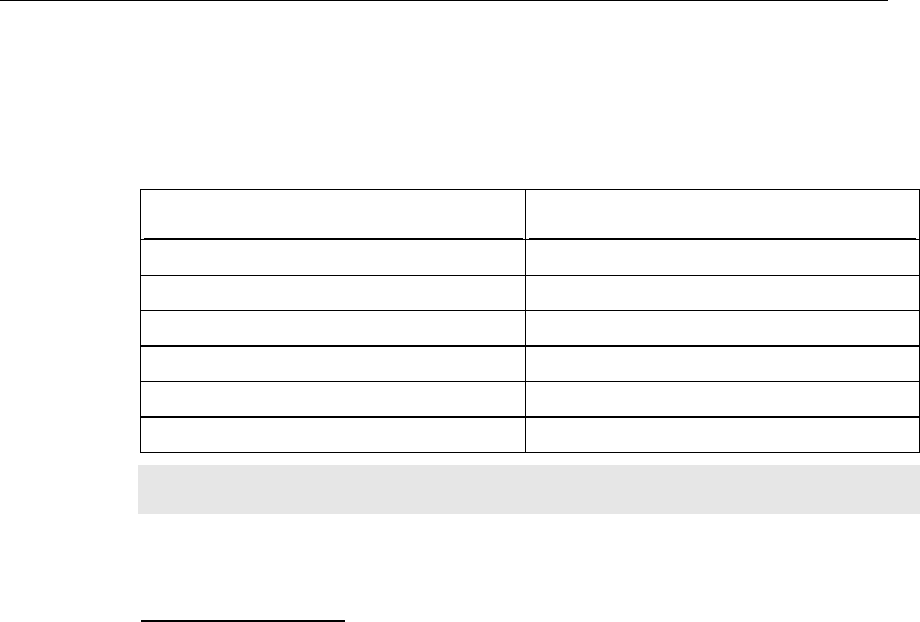
20 CPT-9500 Reference Manual
1.3.9 Barcode Reader
A wide variety of scan engine is available for delivering flexibility to meet different
requirements.
Types of Scan Engine Remarks
CCD scan engine 1D
Laser scan engine 1D
Long Range Laser scan engine 1D
Extra Long Range Laser scan engine 1D (with aiming beam)
2D scan engine 2D
RFID reader 13.56 MHz Multi-tag Reader
Note: The supported RFID tags include: ISO 15693, Icode®, Tagit®, SR176, ISO
14443A, and ISO 14443B.
Dual Mode Support
The terminal allows the co-existence of one integrated scan engine as well as the
RFID reader.

Chapter 1 ᙑᎄ!ࡸآࡳᆠᑌڤΖ 21
1.3.10 Wireless Support
The 9500 terminal supports state-of-the-art wireless technologies so that it is able to
send/receive data in real time in an efficient way. It comes with a combo wireless module
supporting Bluetooth and 802.11b technologies.
Bluetooth Class 2
Bluetooth technology is for cable replacement & data exchange. With built-in
Bluetooth technology, the terminal can directly communicate with any Bluetooth
enabled device, not necessarily line-of-sight.
The terminal is capable of communicating with any Bluetooth-enabled devices
within short range. The applications include synchronizing with a computer via
ActiveSync, exchanging Personal Information Management (PIM) items and files,
etc.
Bluetooth is an industrial standard for Wireless Personal Area Networking (WPAN),
which enables wireless communications within a short range.
Generic Object Exchange Profile (GOEP) provides a basis for other data transfer
profiles. It uses the OBEX protocol.
Serial Port Profile (SPP) provides a wireless replacement for existing serial
communications applications. It uses the RFCOMM protocol.
Synchronization Profile (SYNCH) allows synchronization of Personal Information
Manager (PIM) items. (GOEP based)
Object Push Profile (OPP) allows exchange of objects such as pictures, virtual
business cards, appointment details, etc. (GOEP based)
File Transfer Profile (FTP) provides access to the file system on another device.
(GOEP based)

22 CPT-9500 Reference Manual
802.11b
IEEE 802.11b is an industrial standard for Wireless Local Area Networking
(WLAN), which enables wireless communications over a long distance.
The speed of connection between two wireless devices will vary with range and
signal quality. To maintain a reliable connection, the 802.11b system automatically
fallback from 11 Mbps to 5.5, 2 or 1 Mbps as range increases or signal quality
decreases.
802.11b Specification
Frequency Range: 2.4 ~ 2.5 GHz
Data rate: 11, 5.5, 2, 1 Mbps auto-fallback
Connected devices: 1 for ad-hoc mode (No AP)
Multiple for infrastructure mode (AP required)
Protocols: IP/TCP/UDP
Coverage: 250 meters line-of-sight
Maximum Output Power: 100 mW
Spread Spectrum: DSSS
Modulation: DBPSK (1 Mbps), DQPSK (2 Mbps), CCK (11 Mbps)
Standard: IEEE 802.11b, interoperable with Wi-Fi devices
(Note: this device will be set to 2412-2462MHz with 11 channels by firmware before placing on
USA market.)
Maximum Output Power: 100 mW
Spread Spectrum: DSSS
Modulation: DBPSK (1 Mbps), DQPSK (2 Mbps), CCK (11 Mbps)
Standard: IEEE 802.11b, interoperable with Wi-Fi devices

Chapter 1 ᙑᎄ!ࡸآࡳᆠᑌڤΖ 23
1.3.11 Resistance
Shock
The terminal is designed for harsh industrial environments, and is proved to survive
drop test by the following criteria:
Surface type: concrete
Distance to surface: 1.5 meters
Drop times: multiple
Splash & Dust
The terminal is sealed against moisture and dust to industry standard IP 64.
6 = Totally protected against dust
4 = Protection against water sprayed from all directions. That is, limited ingress is
permitted.
Warning: If additional memory card or peripheral is not factory-installed, the Ingress
Protection rating of enclosures may not be the same as claimed.
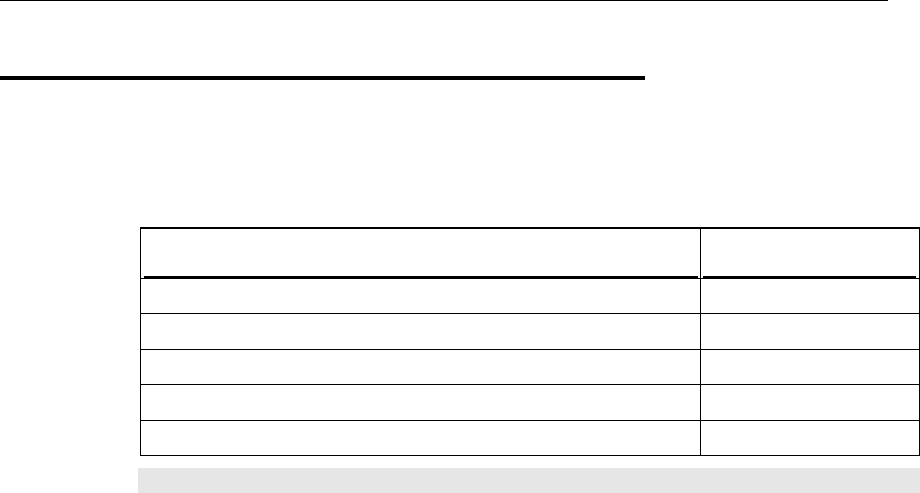
24 CPT-9500 Reference Manual
1.4 Unpacking the package
The following items are included in the package. Save the box and packaging material for
future use when you need to store or ship the terminal.
Items Quantity
9500 terminal 1
Rechargeable Li-ion battery pack 1
Stylus 1
Hand strap 1
Software CD & Reference Manual 1
Note: For battery charging, you will need to purchase a charging cradle separately.
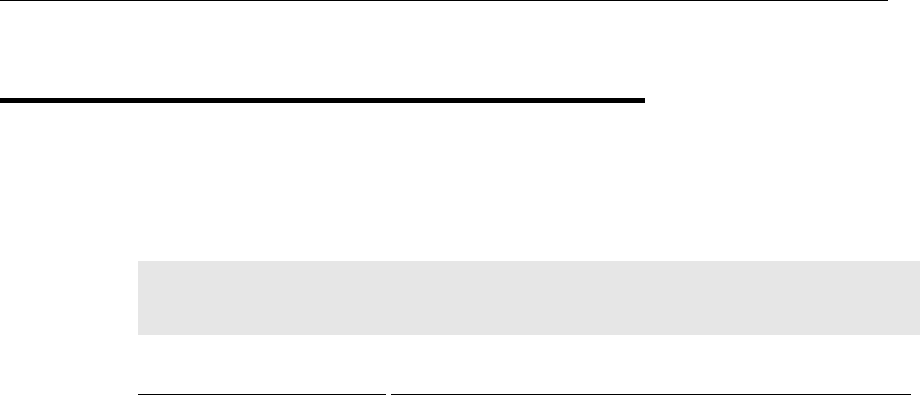
Chapter 1 ᙑᎄ!ࡸآࡳᆠᑌڤΖ 25
1.5 Options
There are a number of optional accessories to enhance the total performance of the terminal.
Refer to relevant sections for details on installation.
Warning: The use of any batteries or charging cradle, which are not originally sold or
manufactured by Syntech for its CipherLab product lines, will void your
warranty and may cause damage to human body or the product itself.
Accessories Features...
Memory Card SD or CF card
Reader One scan engine:
1D - CCD, Laser, Long Range Laser, Extra Long Range Laser
2D
And/or the RFID reader
Rechargeable Battery Pack Rechargeable Li battery for non-stop operation
Pistol Grip, Detachable Facilitating scanning with one hand
Charging & Communication
Cradle
Charging of the terminal and one spare battery at the same time
while transmitting/receiving data.

27
The terminal is designed for portable use, and it almost requires no installation except
installing the battery pack and necessary auxiliary parts.
Here are some tips and suggestions that ensure safe and comfortable experience with the
terminal.
Battery Pack
- Spare battery pack is convenient and necessary when on the road.
- Be cautious of low battery conditions.
- Turn off the backlight in a bright work area to save battery power.
- Always use proprietary CipherLab batteries for safety concern.
- Do not expose the battery to temperature in excess of 140°F (60°C).
- Do not disassemble, incinerate or short circuit the battery pack.
Hand Strap
- The hand strap is ideal for one-handed operation, which requires safe and convenient
hold of the portable terminal.
- Always make sure the hand strap is well hooked and screwed to the back of the
terminal.
Pistol Grip
- This contoured pistol grip enables intuitive trigger-and-scan operation, which is very
helpful in scan intensive applications.
Cradle
- Capable of charging and communications at the same time.
- One terminal seat for terminal with battery pack installed.
- One spare battery compartment for a spare battery pack.
Communications
- Wired, making use of ActiveSync via the USB cradle.
- Wireless, making use of wireless technologies, embedded Bluetooth or 802.11b.
CHAPTER 2
Installing 9500
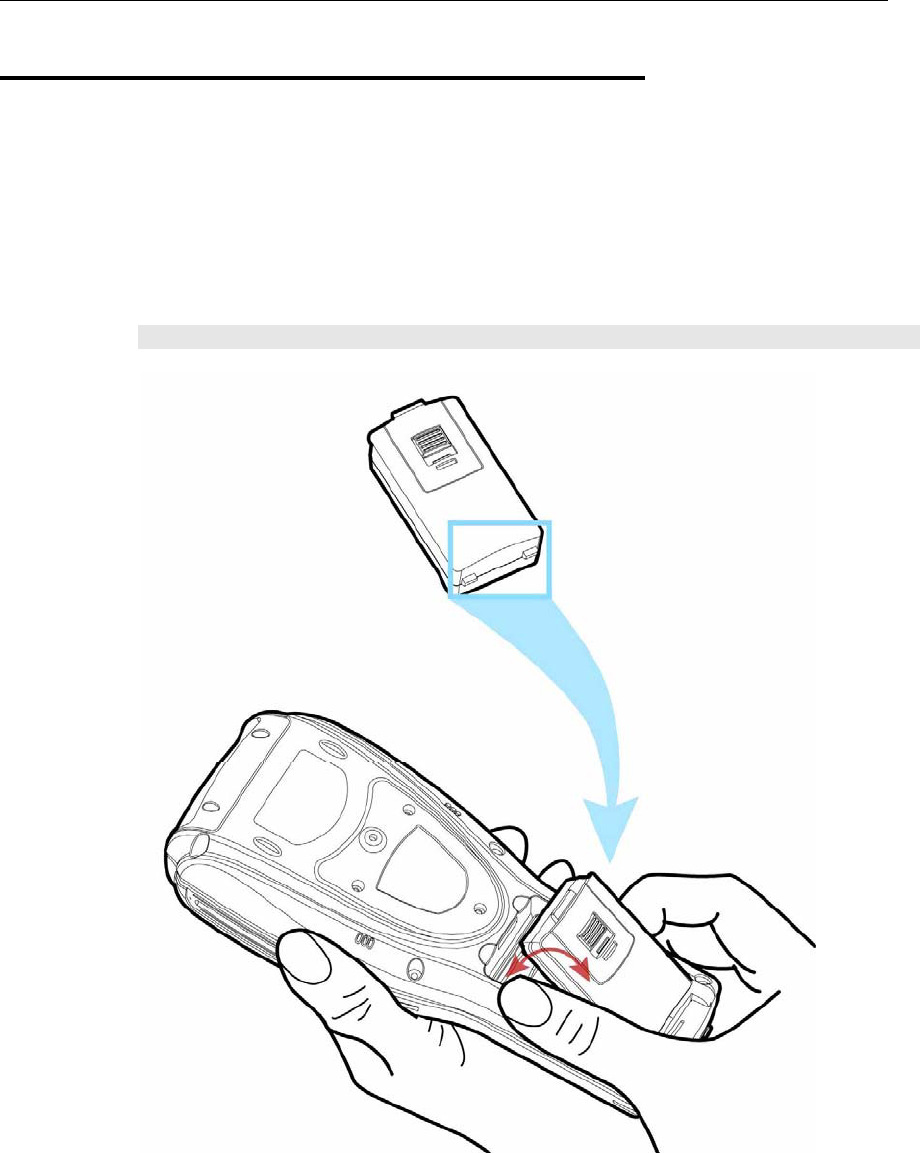
28 CPT-9500 Reference Manual
2.1 Battery Pack
1. Place the terminal face down on a flat and clean surface.
2. Slide the battery pack into the battery compartment at a proper angle (30°~45°) so that
the tabs on the bottom of the battery are hooked in the grooves of the compartment.
Make sure that the battery is snugly fit into the compartment.
3. Hold the terminal still and slide the battery latch to lock the battery in the compartment.
Note: For a new battery, make sure it is fully charged before use.
Figure 4: Installing battery pack
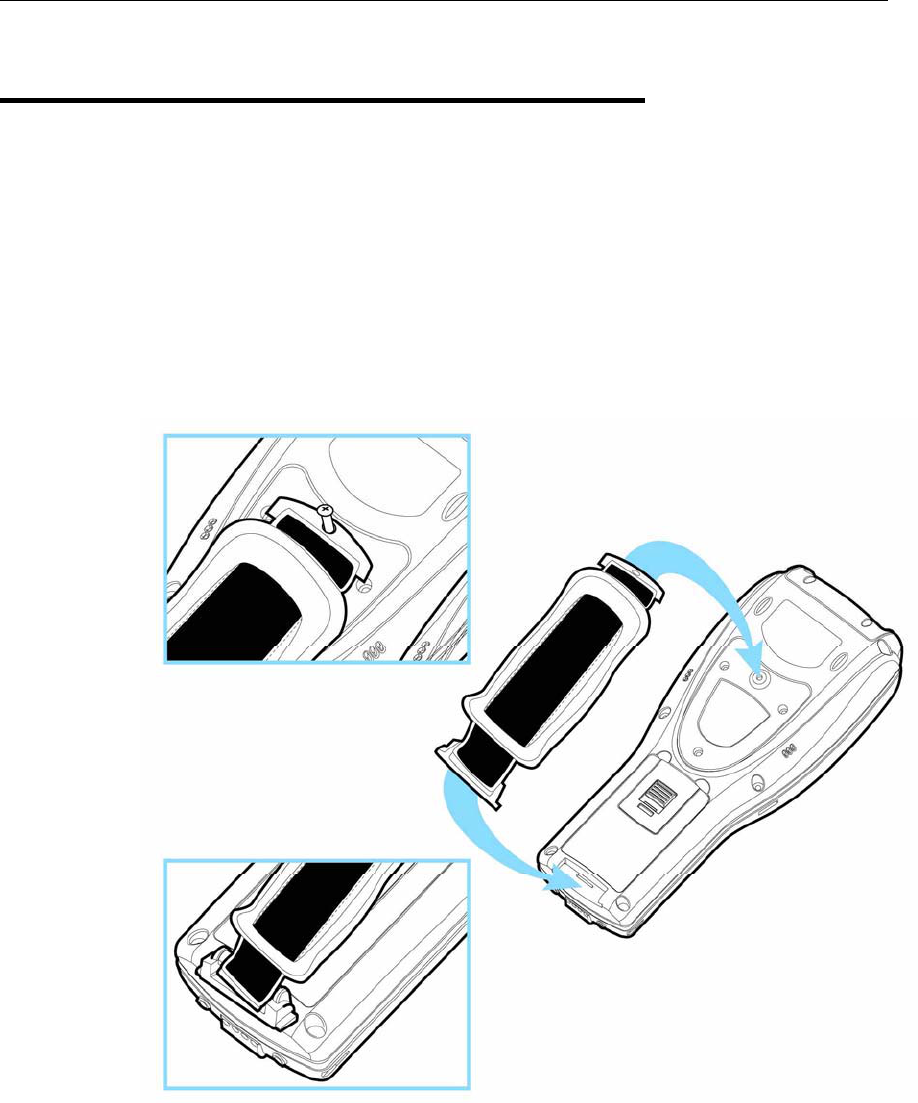
Chapter 2 ᙑᎄ!ࡸآࡳᆠᑌڤΖ 29
2.2 Hand Strap
When a hand strap is necessary, install it to the terminal by following the steps:
1. Place the terminal face down on a flat and clean surface.
2. Screw one end of the hand strap to the shield-like cover on the back of the terminal.
3. Insert and hook the other end of the hand strap to the bottom of the terminal.
4. Make sure the hand strap is securely attached to the terminal.
5. Adjust the length of the hand strap to suit your handbreadth.
Figure 5: Installing hand strap
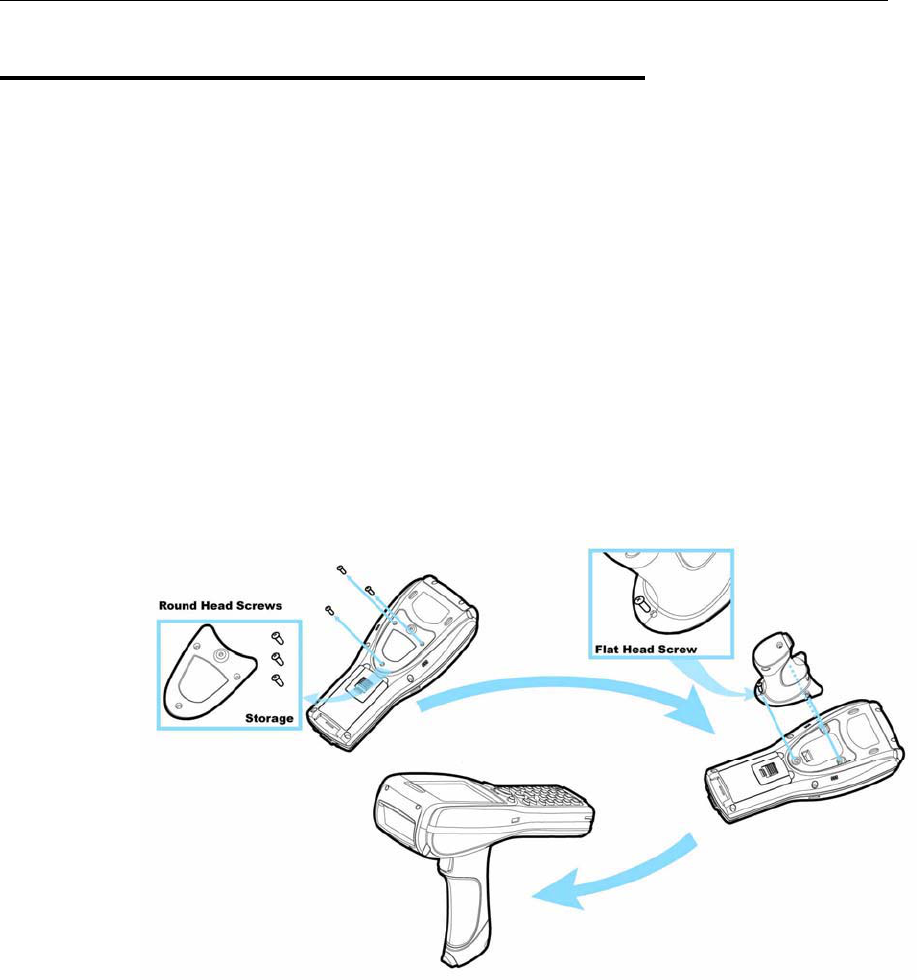
30 CPT-9500 Reference Manual
2.3 Pistol Grip
When a pistol grip is necessary, install it to the terminal by following the steps:
1. Place the terminal face down on a flat and clean surface.
2. Remove the shield-like cover on the back of the terminal by unscrewing.
If there is a hand strap installed, remove it first. Keep the cover and screws for future use
when the pistol grip is not desired.
3. Connect the power connector from the pistol grip to the receptacle on the terminal.
4. Screw the pistol grip to the shield-like cover.
5. Make sure all screws are tightened up but not over-tightened to damage the threads.
6. Turn on the terminal and test the trigger.
Figure 6: Installing pistol grip
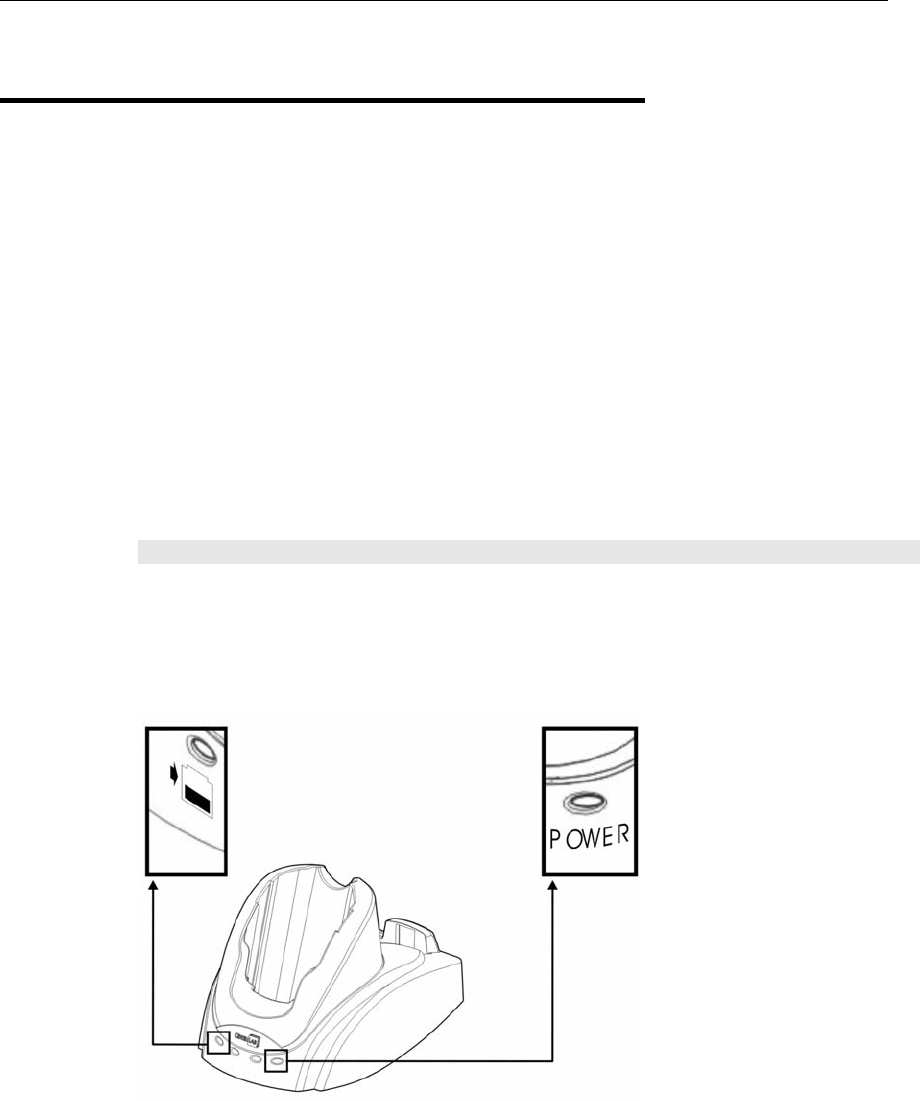
Chapter 2 ᙑᎄ!ࡸآࡳᆠᑌڤΖ 31
2.4 Cradle
The cradle is designed for charging and communications at the same time.
1. Place the cradle in a flat and clean surface.
2. Connect the line of the power adaptor to the power jack on the back of the cradle.
3. Connect the power adaptor to a suitable power outlet.
4. The cradle is ready for charging the terminal (loaded with main battery) and one spare
battery pack.
Seat the terminal and/or the spare battery pack then.
5. If data communications are desired at the same time, a USB connection must be
established as well.
Connect the USB cable from the back of the cradle to a computer.
Note: Make sure the connection is made secured.
2.4.1 Status Indicators
Figure 7: Cradle LEDs
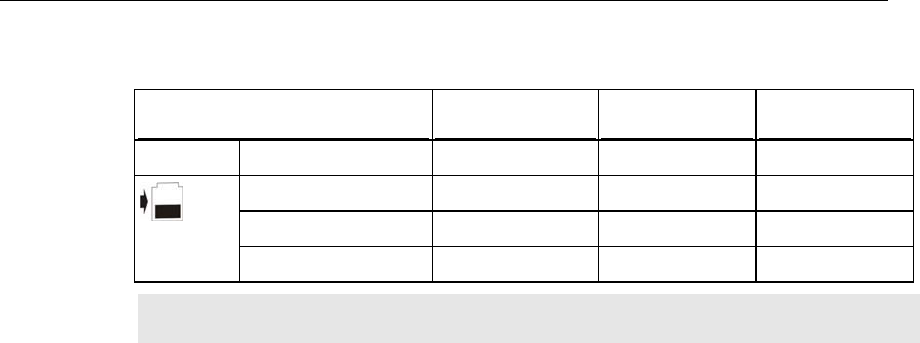
32 CPT-9500 Reference Manual
Tasks Green LED Red LED Green & Red
Power Cradle Power On --- ---
Charging --- On ---
Charge Done On --- ---
Charging Error --- --- Flashing
Warning: Charging error may occur due to a power failure or defected battery
contacts.
2.4.2 Communications
When the cradle is set up,
1. Connect one end of the USB cable to the back of the cradle.
2. Connect the other end of the cable to a host computer.
The terminal is capable of wireless communications via the following technologies:
Bluetooth
IEEE 802.11b
Refer to relevant sections for more information: Set up Bluetooth Connection or Set up
Wi-Fi Connection.

33
This chapter mainly describes the basic skills to work with the 9500 terminal. The add-on
utilities for applications regarding data collection, processing, and transmission, are
introduced in the following chapters.
The 9500 terminal is specifically designed for real-time data collection in the Windows
Mobile environment. It won't take long for any Windows user to get familiarized with it.
Keep these two basic skills in mind and explore this Windows Mobile device at ease.
Single-tap an item to select it.
Tap and hold an item to see a menu.
To learn more about 9500, go to Start > Help.
To obtain essential system information, go to Start > Settings > System tab > System
Console.
Note: Not all the Bluetooth services listed in the system information are supported
currently.
In This Chapter
3.1 General......................................................................... 34
3.2 ActiveSync with a Computer....................................... 41
3.3 Quick Launch a Program ............................................. 45
3.4 Install a New Program ................................................. 51
3.5 Run a Program............................................................. 52
3.6 Remove a User Program.............................................. 54
3.7 Locate a File ................................................................ 55
3.8 Backup and Restore ..................................................... 56
CHAPTER 3
Basics

34 CPT-9500 Reference Manual
3.1 General
When the 9500 terminal is fully charged, you may remove it from the cradle. Then turn on
the terminal and wait for the Today screen to come up.
However, if you are using the terminal for the first time, there are a couple of things to do
before the Today screen comes up.
To select your time zone and set the local time
To align the touch screen
Note: With a focus on delivering data collection and industrial requirements on a portable
device, the 9500 terminal is currently not equipped with an internal microphone and
the IrDA port. Therefore, voice recording and file transfer via infrared (Start >
Settings > Connections tab > Beam) are not supported.
3.1.1 Turn On/Off
Like your PDA, Pocket PC and most handheld devices, the 9500 terminal functions when it
is turned on. This is because the Windows Mobile operating system eliminates the booting
process and runs continuously.
Turn On
To turn on the terminal, simply press the [Power] key.
Turn Off
To turn off the terminal, press and hold the [Power] key for approximately 2
seconds. The system is now ready for use but not in use. This is referred to as
Suspend mode or Standby mode. It means the system is in power-saving status and
waiting for user interference.
Warning: To save battery power, it is suggested that the terminal is set to
automatically turn off when not in use.
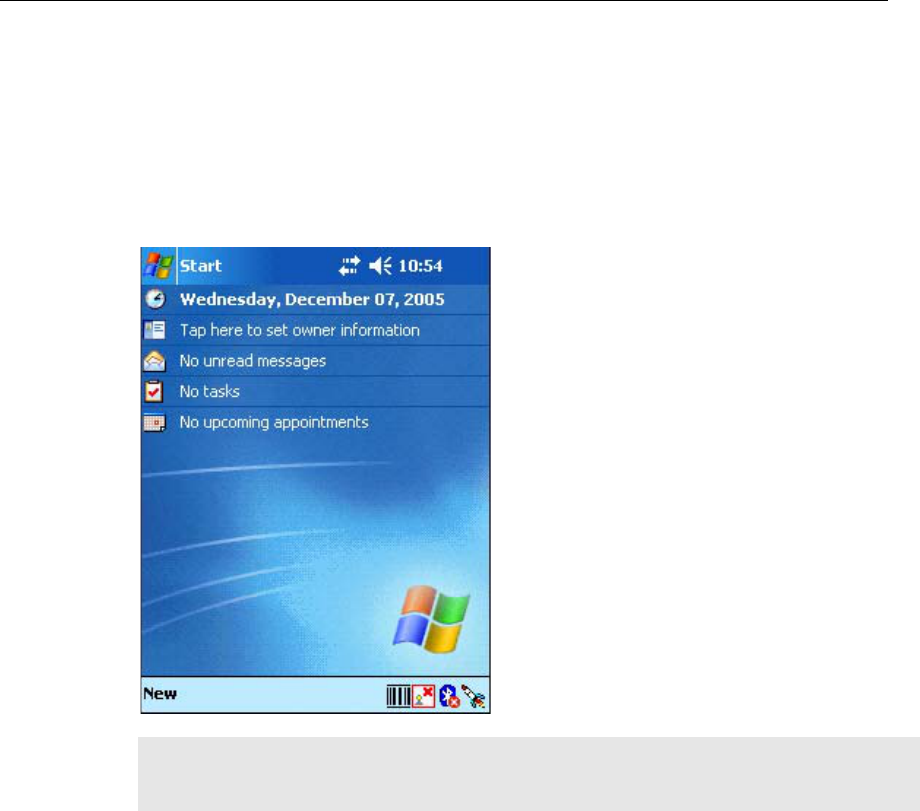
Chapter 3 ᙑᎄ!ࡸآࡳᆠᑌڤΖ 35
3.1.2 Today Screen
This Today screen appears when the terminal is turned on. Alternatively, you may tap on
the Windows logo or the Start button on the top-left corner of the screen, and then select
Today.
Note: To customize the Today screen, go to Start > Settings > Personal tab > Today. In the
Items tab, [Today timeout] refers to the amount of hours of inactivity for the Today
screen to show up automatically.
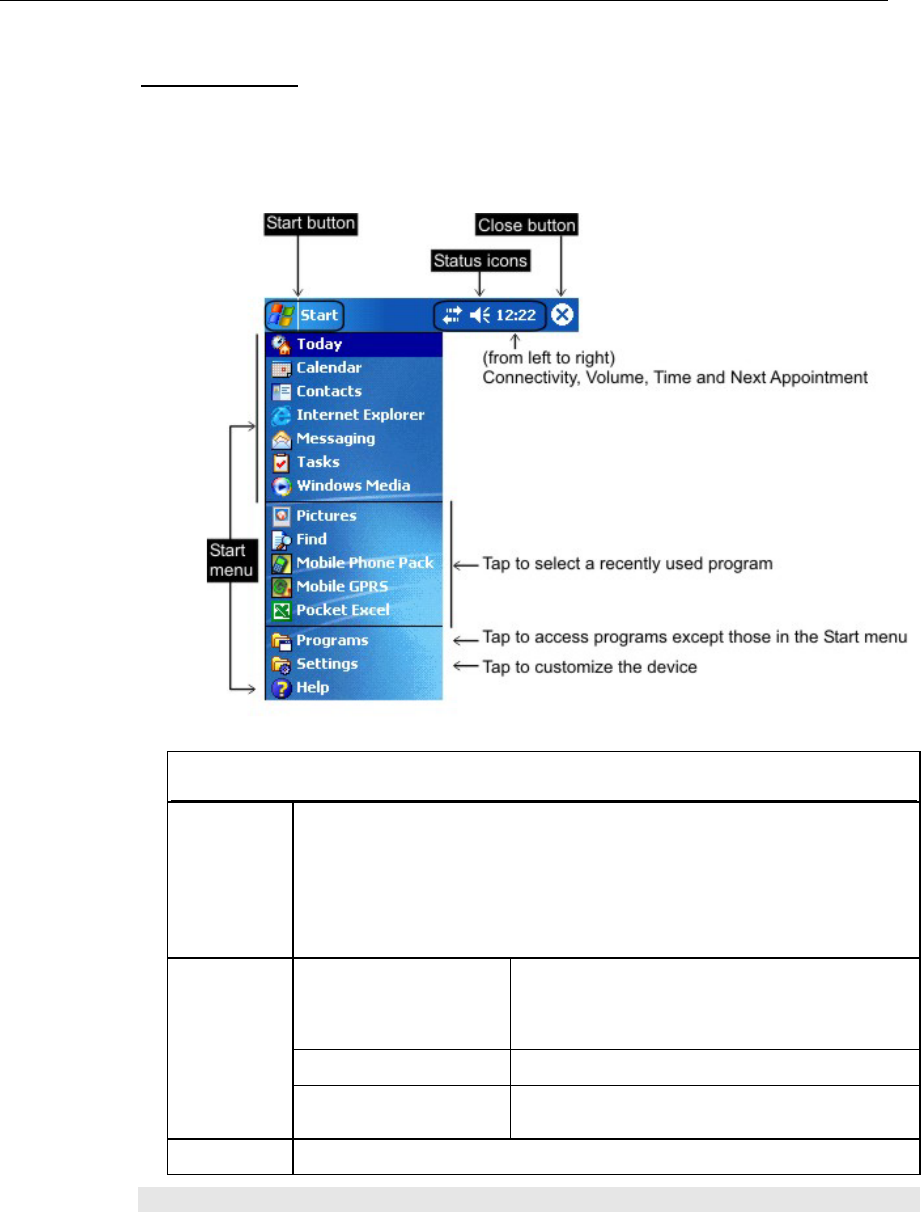
36 CPT-9500 Reference Manual
Navigation Bar
The navigation bar is at the top of the Today screen, which consists of the Start
button and a number of status icons.
Options (from left to right)
Start button Tap to run a program or configure settings.
Start menu: list up to 7 programs
Recent programs: list up to 5 programs
Access to Programs folder
Access to Settings folder
Connectivity Tap to access settings of connections.
Turn on flight mode/Turn off flight mode when
wireless power is enabled
Volume Tap to adjust volume or mute the terminal.
Status Icons
Time and Next
Appointment
Tap to view next appointment and battery status.
Close button Tap to close an active window.
Note: To configure the Start menu, go to Start > Settings > Personal tab, and select Menus.
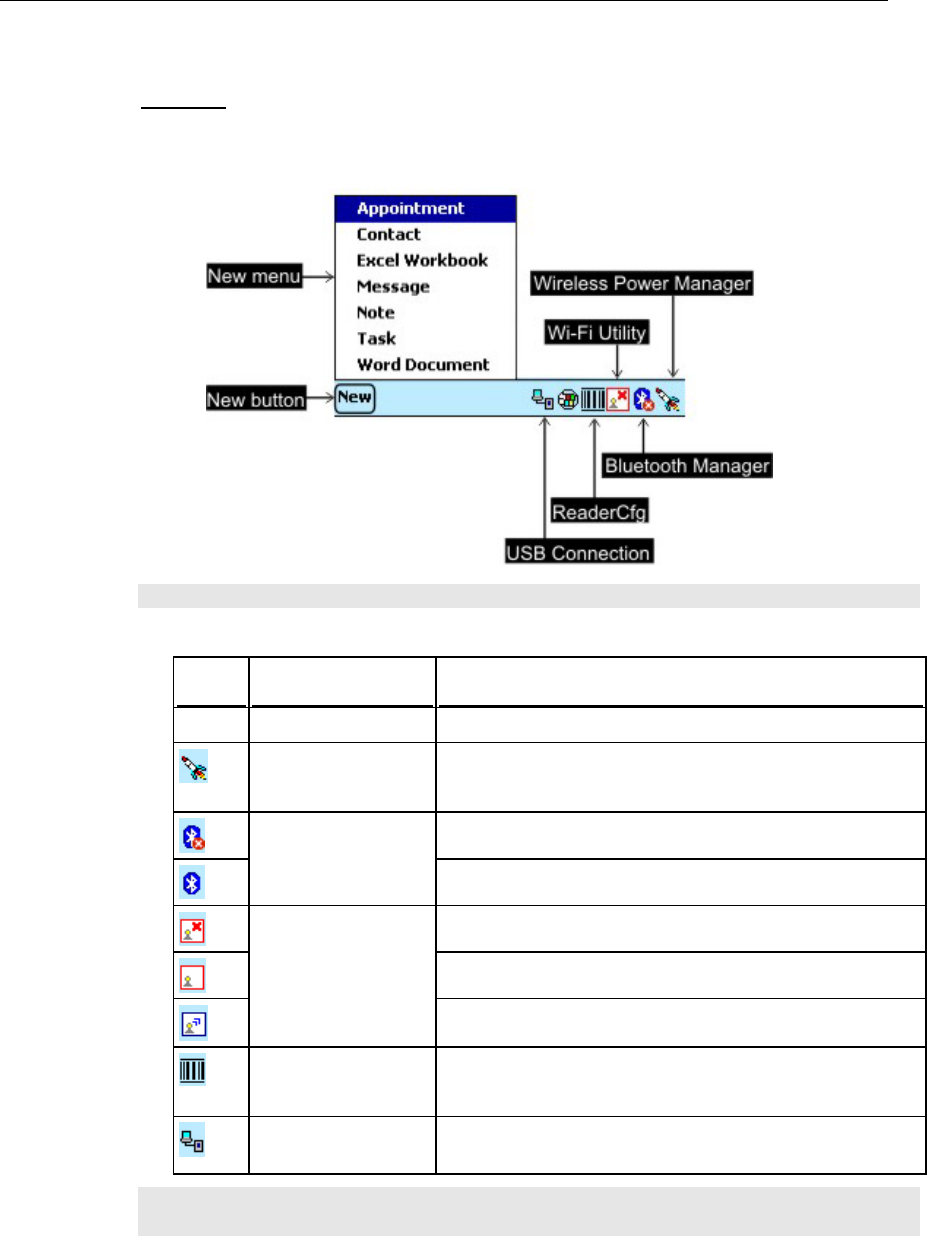
Chapter 3 ᙑᎄ!ࡸآࡳᆠᑌڤΖ 37
Taskbar
The taskbar is at the bottom of the screen, where the New button allows the creation
of different jobs.
Note: To configure the New menu, go to Start > Settings > Personal tab, and select Menus.
From the Today screen, the taskbar also displays shortcuts to the following items.
Button Shortcut to Meaning
NEW New menu Tap to create a job
Wireless Power
Manager
Tap to run Wireless Power Manager.
Options include WLAN Power and Bluetooth Power.
Bluetooth Manager Bluetooth Power is turned off.
Bluetooth Power is turned on. Tap to run Bluetooth Manager.
Wi-Fi Utility WLAN Power is turned off (driver not loaded).
WLAN Power is turned on. Tap to run Wi-Fi Utility.
WLAN connected.
Reader Cfg Tap to configure the barcode reader.
Options include BC Reader and RFID Reader (if installed).
Connected to USB The terminal is connected to a computer via its USB cradle.
Tap to configure USB connection.
Note: If no Wi-Fi icon, go to Start > Programs and run the program Swluce. If no barcode
icon, go to Start > Programs and run the program ReaderCfg.
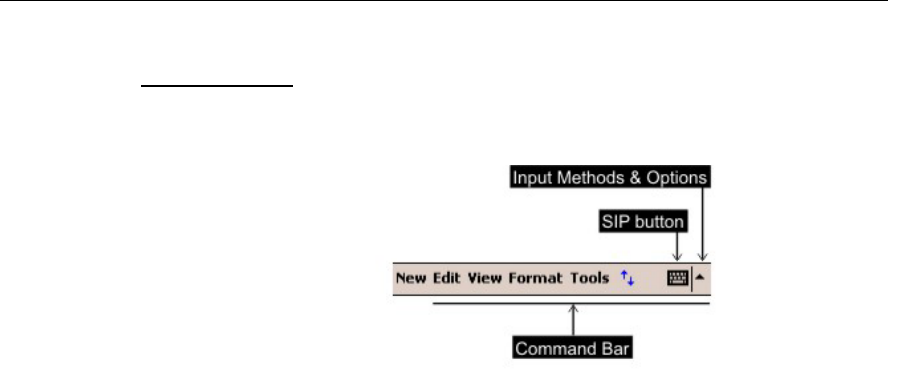
38 CPT-9500 Reference Manual
Command Bar
When in an application, part of the taskbar will become the Command Bar which
contains buttons and menus for performing tasks in the program.
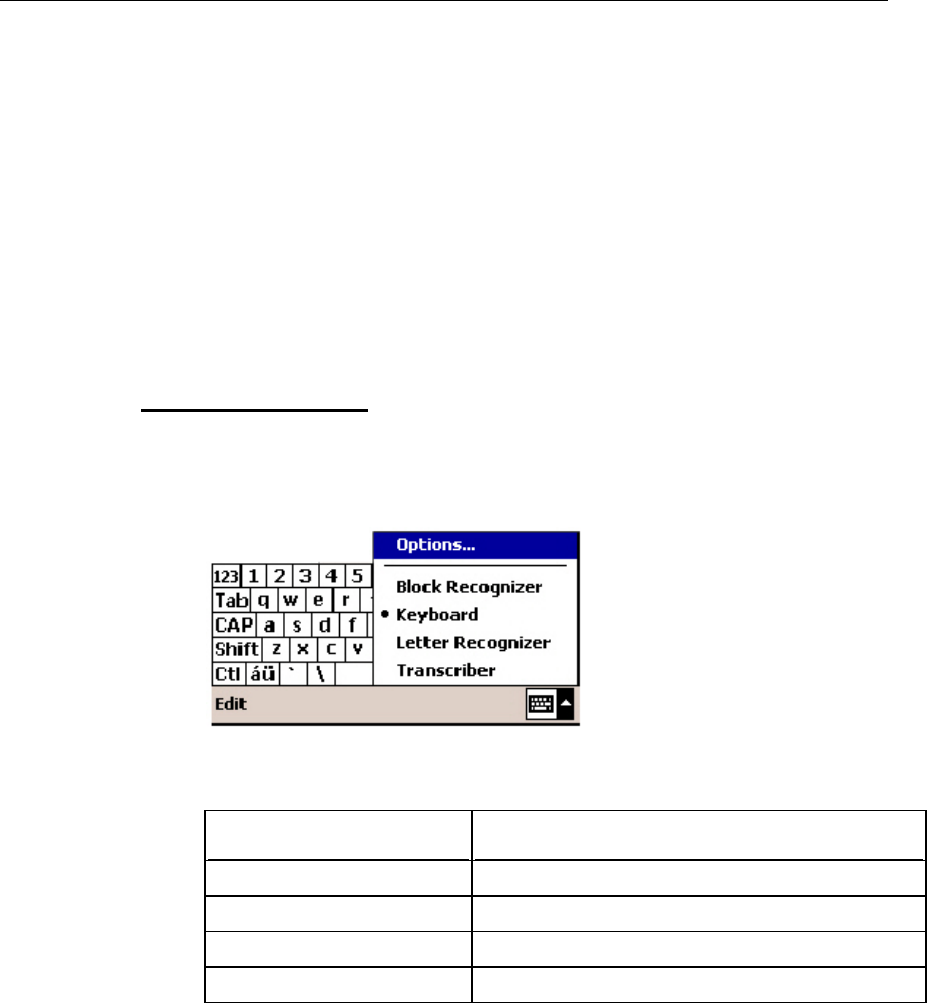
Chapter 3 ᙑᎄ!ࡸآࡳᆠᑌڤΖ 39
3.1.3 Input Methods
Data entry can be performed by the following methods:
Type with the 27-key physical keypad
Scan barcode or RFID tag in an application, e.g. Pocket Excel and Pocket Word
Tap or write on SIP (Soft Input Panel) virtual keypad
Draw in some applications, e.g. Note and Pocket Word
Soft Input Panel (SIP)
To show or hide the Soft Input Panel (SIP), tap the SIP button from the Command
Bar.
To select a SIP mode, tap the arrow next to the SIP button.
In each mode, the characters appear as typed text on the screen.
SIP Options Action
Block Recognizer To write in the input box.
Keyboard To type using the soft keyboard.
Letter Recognizer To write in the input box.
Transcriber To write freely on the screen.
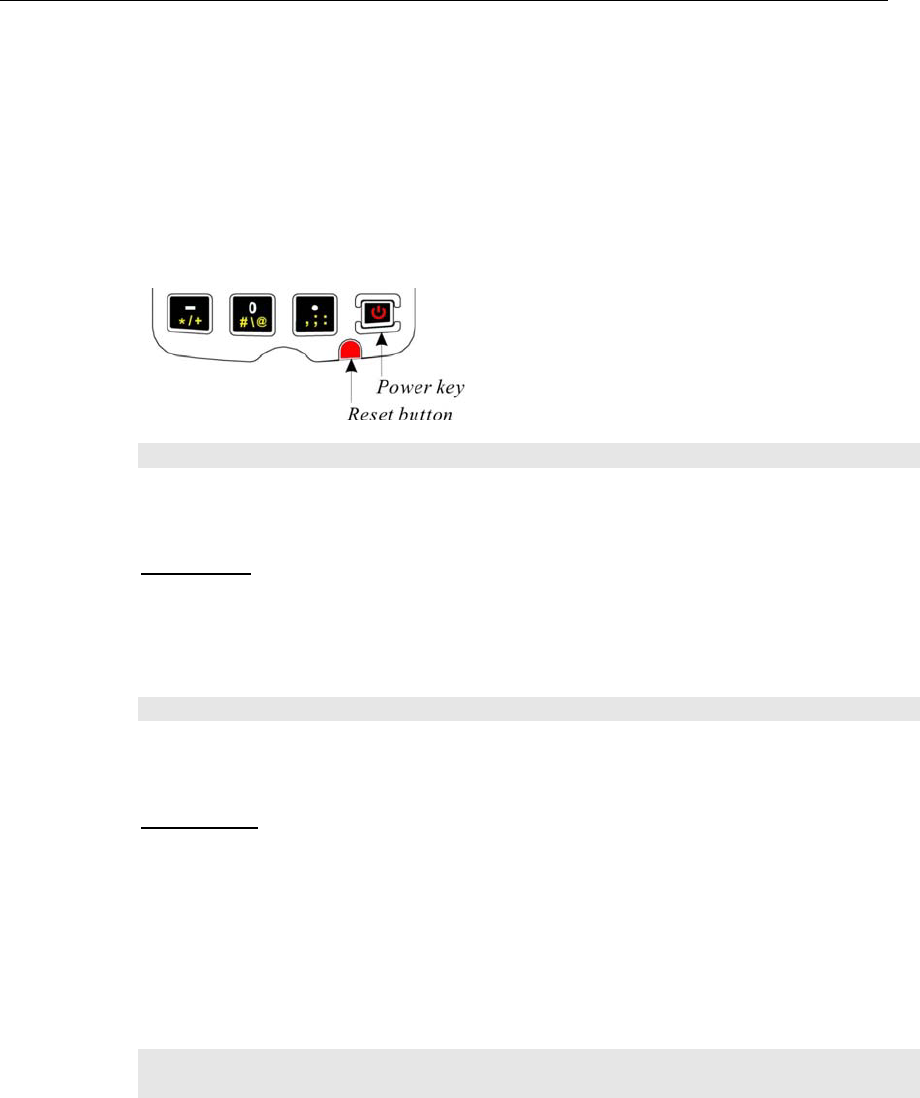
40 CPT-9500 Reference Manual
3.1.4 Reset
Reset the 9500 terminal when it stops responding to input.
Soft reset: Simply press the [Reset] button.
Hard reset: Press the [Reset] button and the [Power] key at the same time.
Warning: Never perform a hard reset unless a soft reset cannot solve your problems.
Soft Reset
A soft reset, also known as a warm boot, will restart the terminal and keep all the
saved files. To perform a soft reset, use the stylus to press the [Reset] button.
During operation, the removal of battery pack will start a soft reset too.
Warning: Data loss may occur when files are not properly closed before a soft reset.
Hard Reset
A hard reset, also known as a cold boot, will restart the terminal too. However, it
performs a full restore of the terminal to its factory settings and initializes SDRAM.
To perform a hard reset, press the [Power] key and [Reset] button at the same time.
Data and program files stored in SDRAM will be erased after a hard reset. But you
can restore data that is previously synchronized with your computer by performing
an ActiveSync operation. Alternatively, you can restore data using the program
Backup Utility if a backup job is carried out periodically.
Warning: Only the files stored in the Flash File System are retained during a hard
reset.
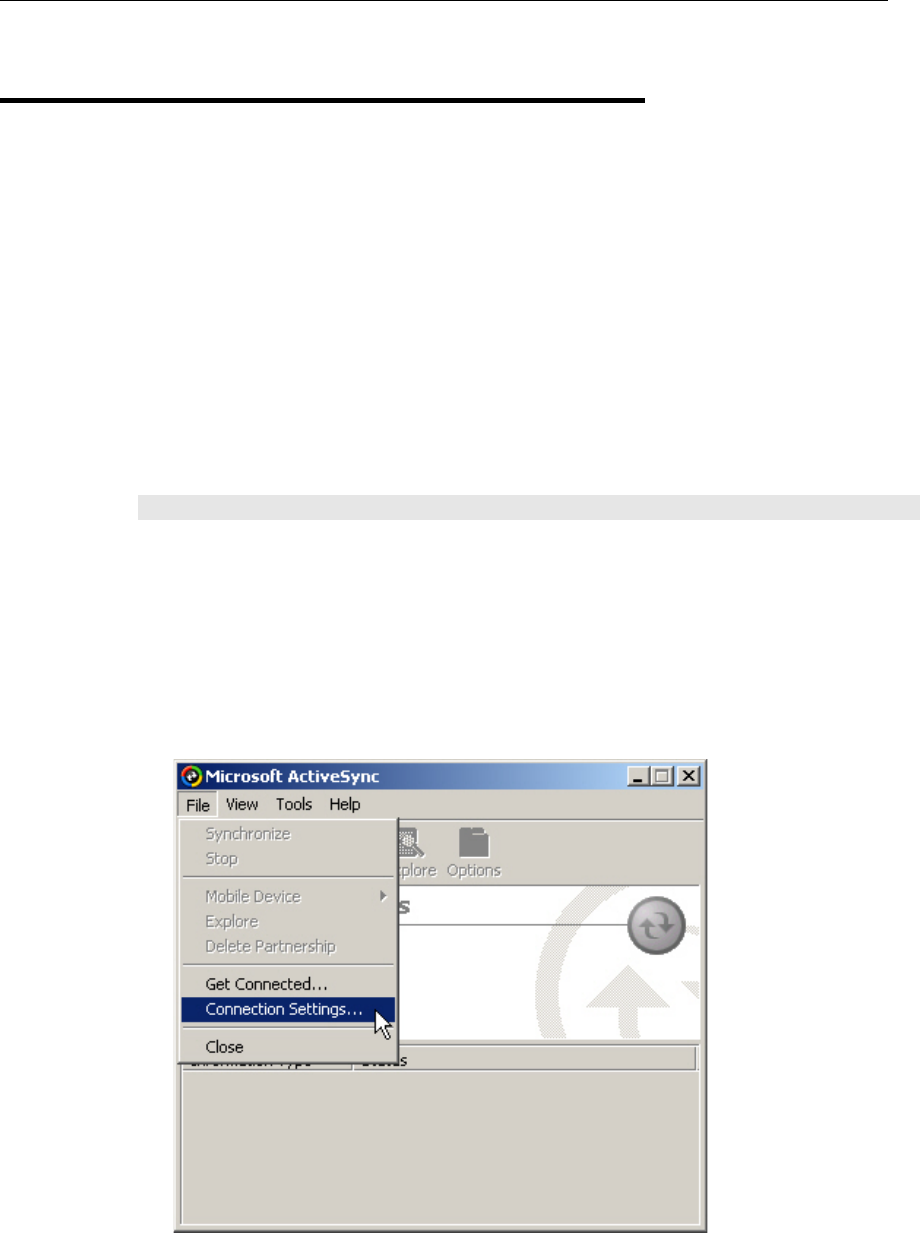
Chapter 3 ᙑᎄ!ࡸآࡳᆠᑌڤΖ 41
3.2 ActiveSync with a Computer
ActiveSync is used to synchronize information between the terminal and PC, to install
programs on the terminal, and to backup and restore the terminal.
The Microsoft ActiveSync program has to be installed on your desktop computer first.
To download the up-to-date version of the program, you may need to go to Microsoft's
official web site for Windows Mobile devices as shown below.
http://www.microsoft.com/windowsmobile/default.mspx
After downloading and installation, run the program.
For detailed information on the program, you may click the Help menu, and then select
the Microsoft ActiveSync Help.
Note: For ActiveSync via Bluetooth, refer to the Set up Bluetooth Connection section.
3.2.1 Connect for the First Time
1. Run the Microsoft ActiveSync program on your desktop computer.
2. On the File menu, click Connection Settings. If you want to skip settings, click Get
Connected instead.
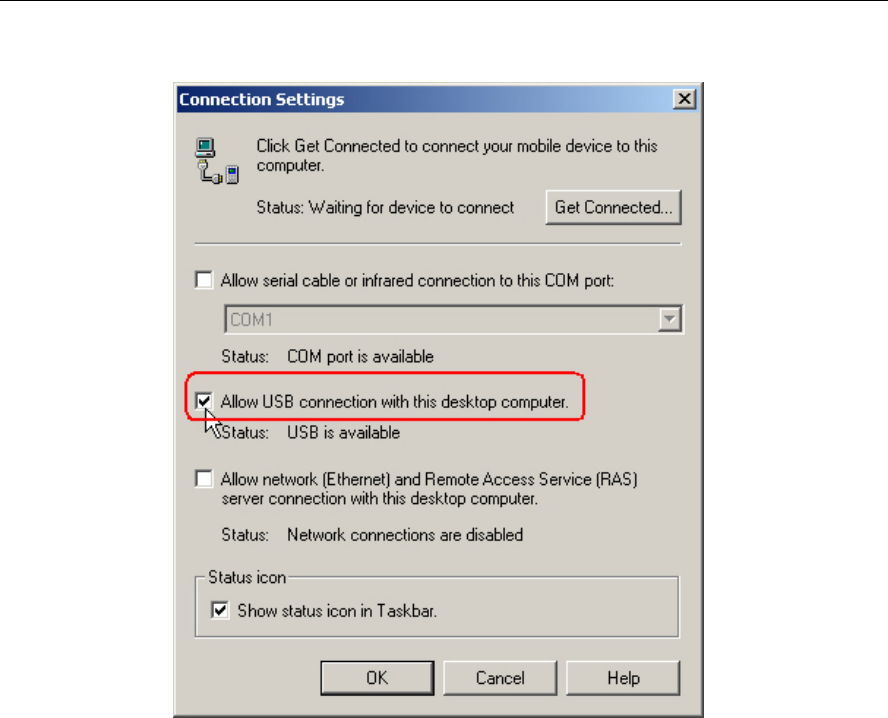
42 CPT-9500 Reference Manual
3. Click to select the USB connection check box, and then click the Get Connected button.
4. Follow these instructions:
Connect the USB cable from the cradle to your computer.
Connect the power cable from the cradle to a proper outlet.
Turn on the terminal and place it in the cradle.
5. Click OK when the connection is established.
6. Click to select which partnership to set up.
If you want to synchronize data between the terminal and your computer, click to select
Standard Partnership; otherwise, click to select Guest Partnership.
7. Wait a few seconds for the terminal to get connected (and synchronized if a Standard
Partnership is selected).
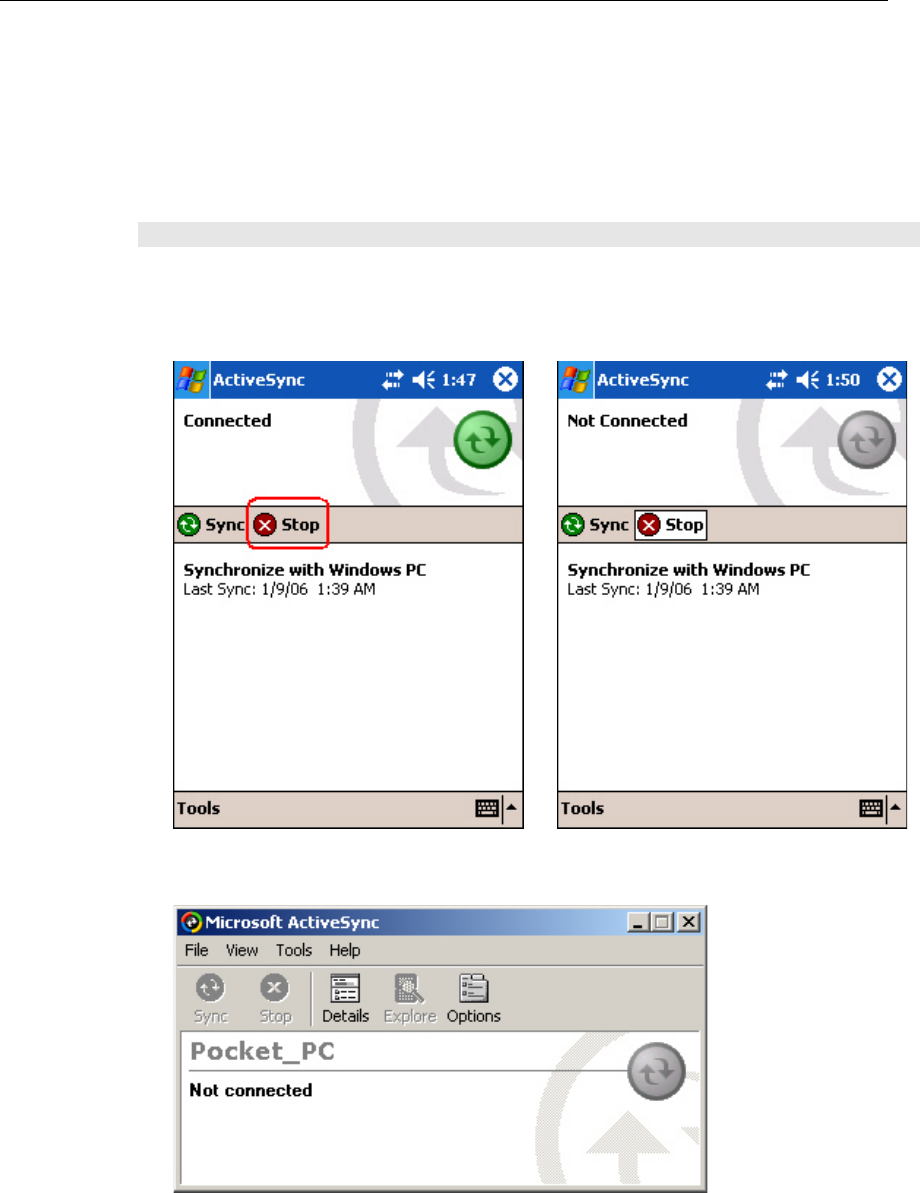
Chapter 3 ᙑᎄ!ࡸآࡳᆠᑌڤΖ 43
3.2.2 Disconnect
If a synchronization job is completed and such connection is no longer desired, you may
disconnect the terminal with your computer.
Note: To disconnect temporarily, simply remove the terminal from the cradle.
1. Go to Start > Programs, and select ActiveSync.
2. Tap Stop on the ActiveSync window. Then, it will display "Not Connected" on the
terminal.
Î
3. On the computer, it will also display "Not Connected" on the Microsoft ActiveSync
window.
4. You may exit the Microsoft ActiveSync program.
5. You may disconnect the USB cable.

44 CPT-9500 Reference Manual
3.2.3 Re-connect
If you want to re-establish a connection after it is stopped, follow these instructions.
Note: To disconnect temporarily, re-seat the terminal in the cradle.
1. Run the Microsoft ActiveSync program.
2. Re-connect the USB cable from the cradle to your computer.
Also make sure that
The power cable from the cradle is connected to a proper outlet.
The terminal is turned on and seated in the cradle.
3. Your computer will auto detect the USB device.
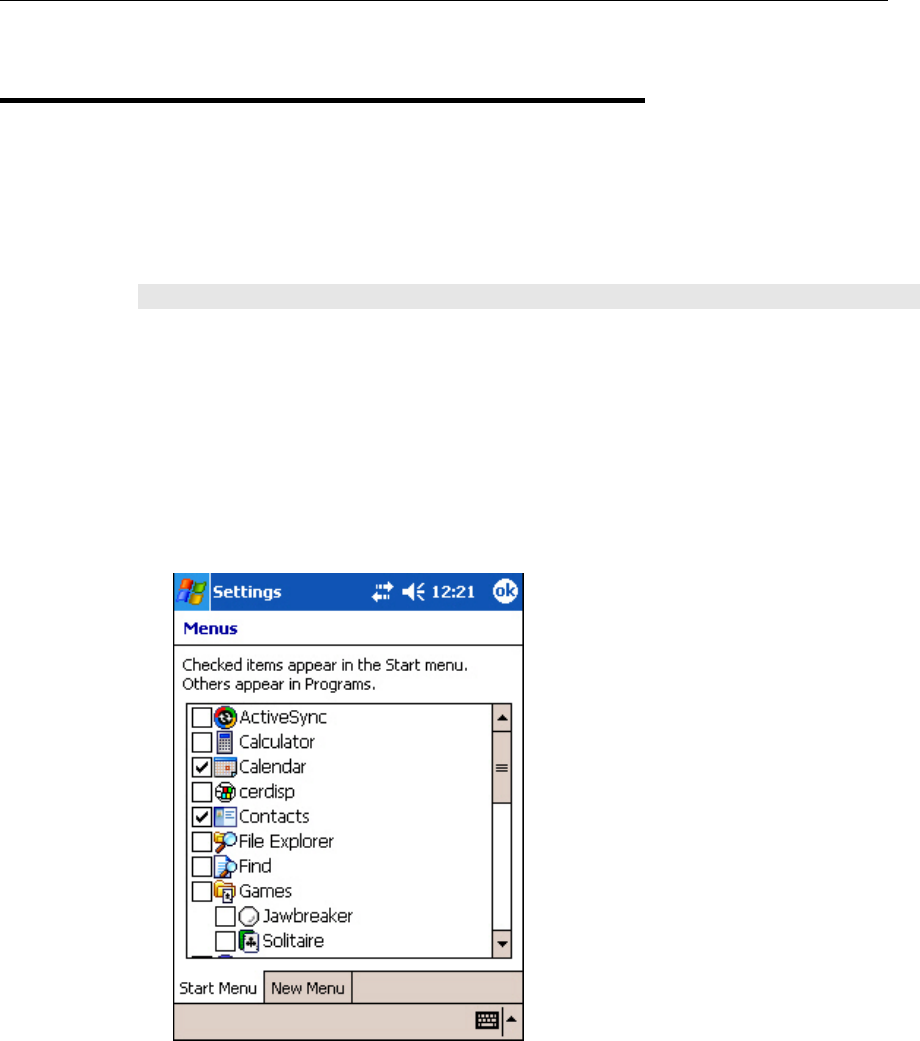
Chapter 3 ᙑᎄ!ࡸآࡳᆠᑌڤΖ 45
3.3 Quick Launch a Program
Press the Start button to view the Start menu. To quick launch a program, tap it.
If you wish to quick launch a new program, add it to the Start menu.
Note: The Start menu can list seven programs at most.
3.3.1 Configure the Start Menu
1. Go to Start > Settings > Personal tab, and select Menus. In the Start Menu tab, select
from the program list to add any desired program to the Start menu.
Because the Start menu allows seven programs at maximum, you may need to clear
some check boxes before you can select new programs.
2. Tap OK to save new settings. The rest on the list will appear in Start > Programs.
3. Tap the Start button to verify if the program appears in the Start menu.
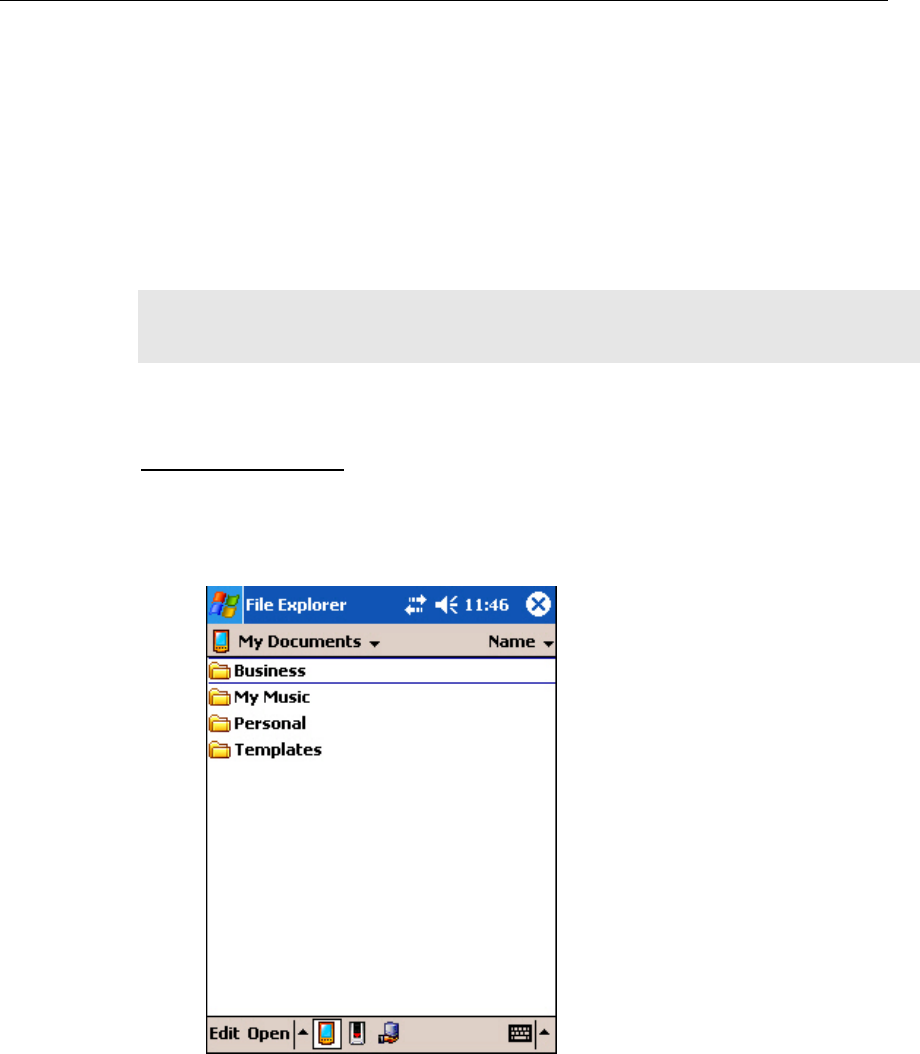
46 CPT-9500 Reference Manual
3.3.2 Add a Program or Subfolder
If your program is not on the program list, you can either use File Explorer or ActiveSync to
add new program.
File Explorer: to move the program by Copy and Paste Shortcut.
ActiveSync on the desktop computer: to create a shortcut to the program, and place the
shortcut in the Programs folder.
Warning: To avoid making any changes to the program configurations by accident,
we recommend you to use Copy and Paste Shortcut rather than Cut and
Paste.
Using File Explorer
1. Go to Start > Programs, and select File Explorer.
Alternatively, you can press the Task key on the keypad to quick launch File
Explorer.
2. Navigate through file folders to find the program you desire.
To create subfolders under the Programs folder (or the Start menu):
- Navigate to the target folder, e.g. My Pocket PC\Windows\Start Menu\Programs
(or My Pocket PC\Windows\Start Menu).
- Then right-click anywhere blank on the window, and select [New Folder] from
the pop-up menu. A subfolder will be created.
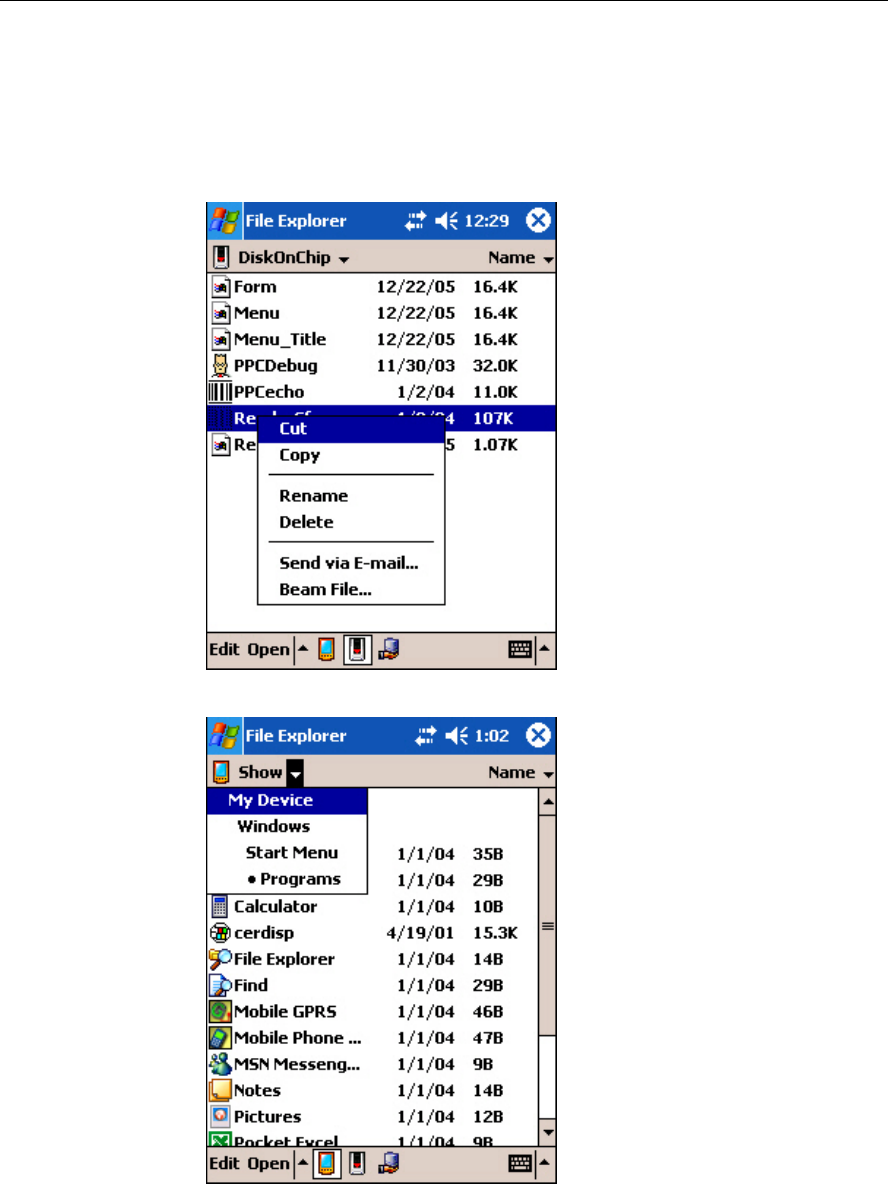
Chapter 3 ᙑᎄ!ࡸآࡳᆠᑌڤΖ 47
- Go to Start > Programs (or simply tap the Start button). The new subfolder will
appear.
3. Tap and hold the program, and then tap Copy on the pop-up menu.
4. Navigate to the Programs folder (My Device > Windows > Start Menu > Programs).
5. Tap and hold anywhere blank on the screen. Then tap [Paste Shortcut] on the pop-up
menu. The new program will be added to the Programs folder.
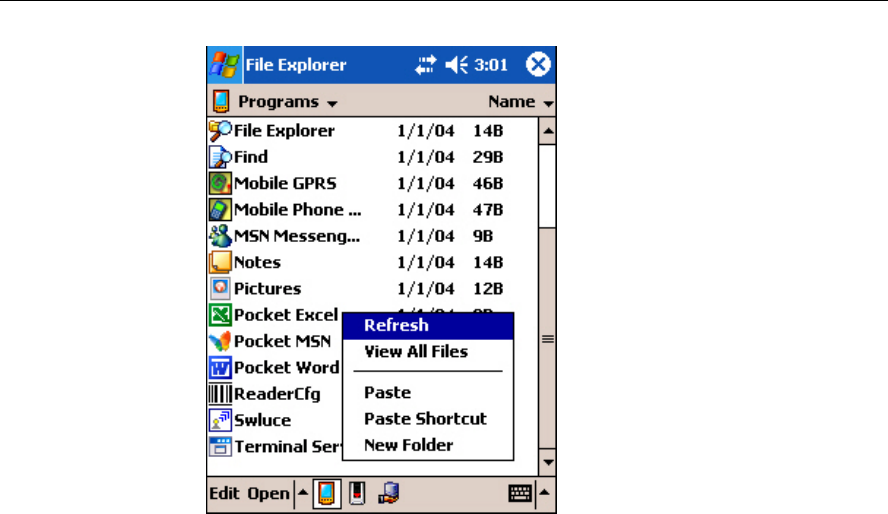
48 CPT-9500 Reference Manual
6. Go to Start > Settings > Personal tab, and select Menus. The program will appear on
the program list now.
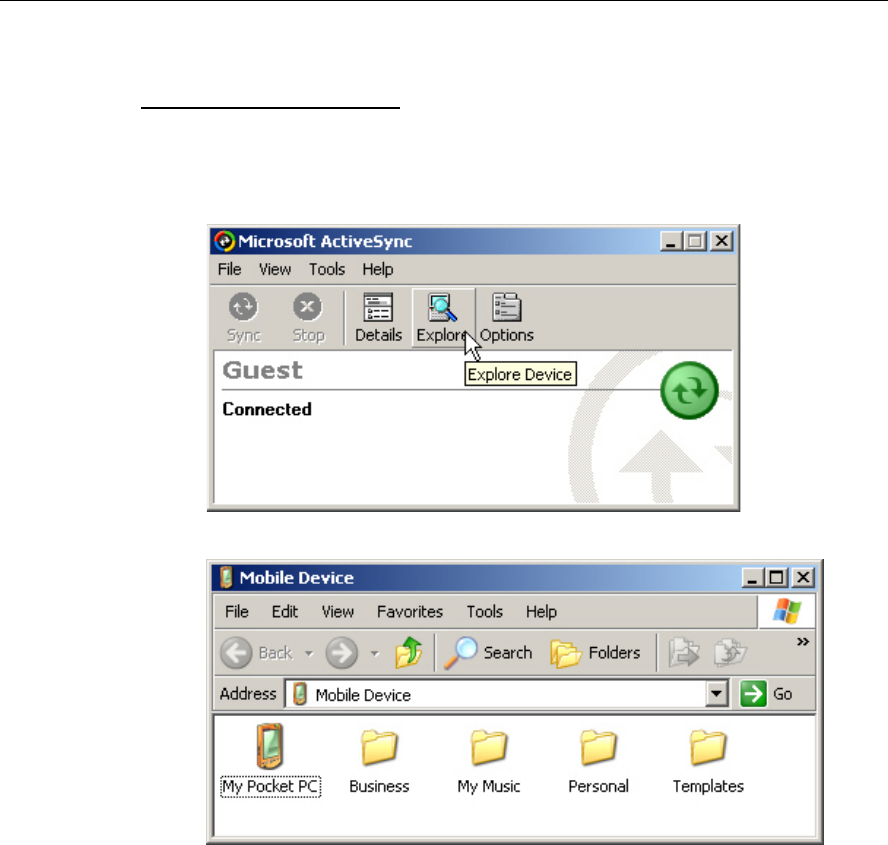
Chapter 3 ᙑᎄ!ࡸآࡳᆠᑌڤΖ 49
Using ActiveSync on PC
1. When connected, open the Microsoft ActiveSync window on your desktop
computer.
2. Click the Explorer button from the toolbar.
3. Navigate through file folders to find the program you desire.
To create subfolders under the Programs folder (or the Start menu):
- Navigate to the target folder, e.g. My Pocket PC\Windows\Start Menu\Programs
(or My Pocket PC\Windows\Start Menu).
- Then right-click anywhere blank on the window, and select [New Folder] from
the pop-up menu. A subfolder will be created.
- On the terminal, go to Start > Programs (or simply tap the Start button). The
new subfolder will appear.
4. Right-click to select the program, and then select [Create Shortcut] on the pop-up
menu.
5. Right-click to select the shortcut, and then select [Cut] on the pop-up menu.
6. Navigate to the Programs folder (My Pocket PC\Windows\Start Menu\Programs).
7. Right-click anywhere blank on the window. Then select [Paste] on the pop-up menu.
The new program will be added to the Programs folder.

50 CPT-9500 Reference Manual
8. On the terminal, go to Start > Settings > Personal tab, and select Menus. The
program will appear on the program list now.
Note: [Create Shortcut], [Cut], and [Paste]: The same result can be performed by [Copy]
and [Paste Shortcut].